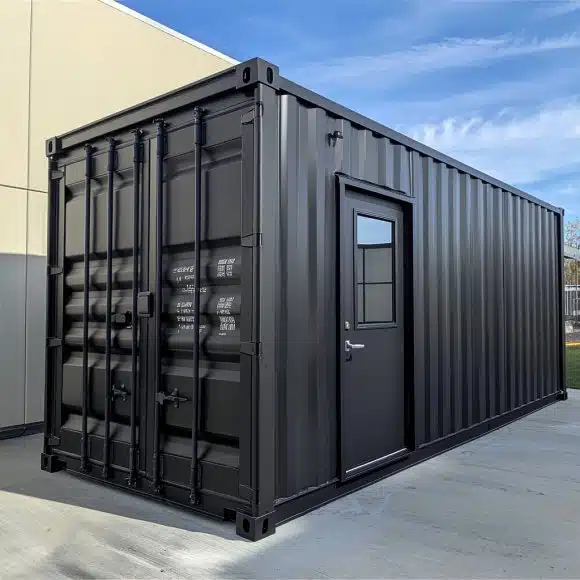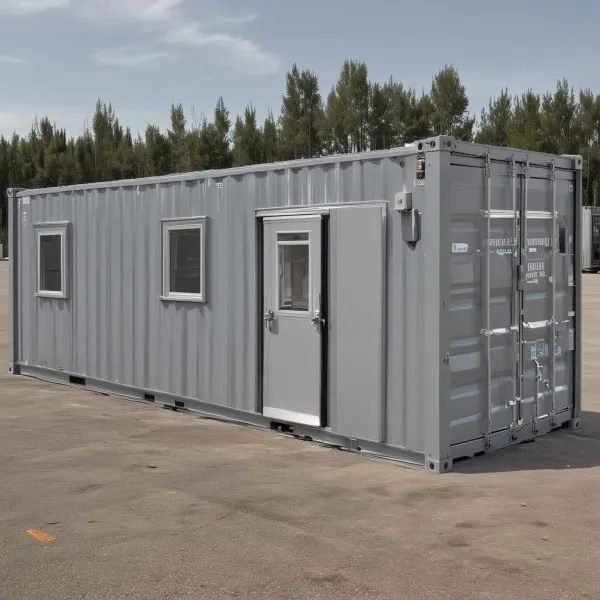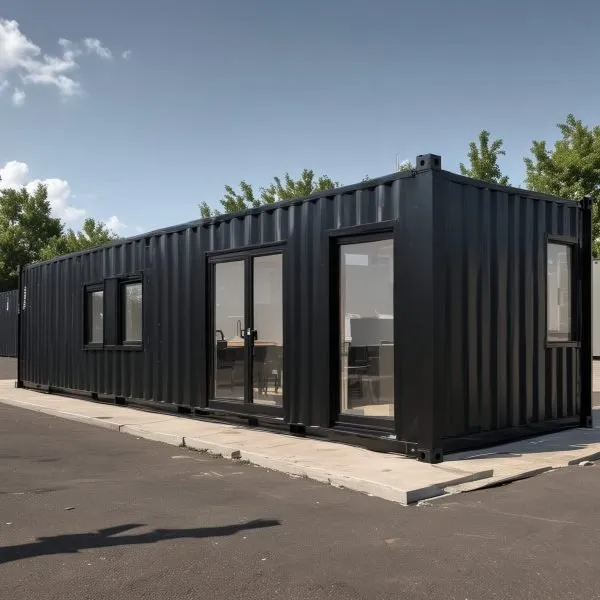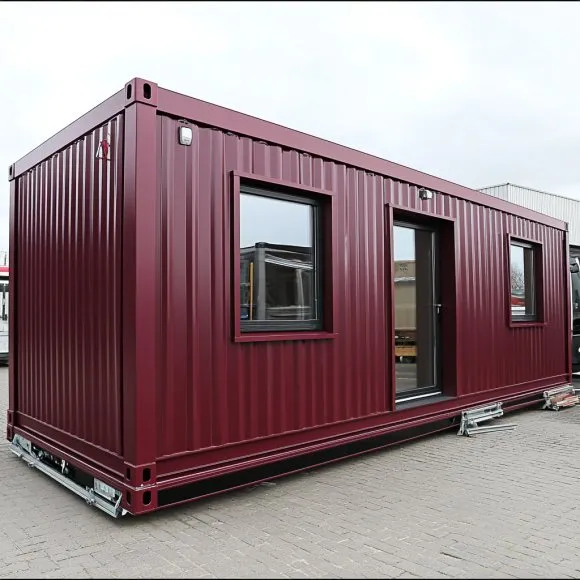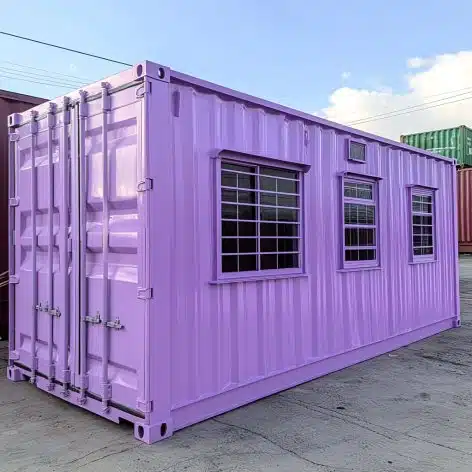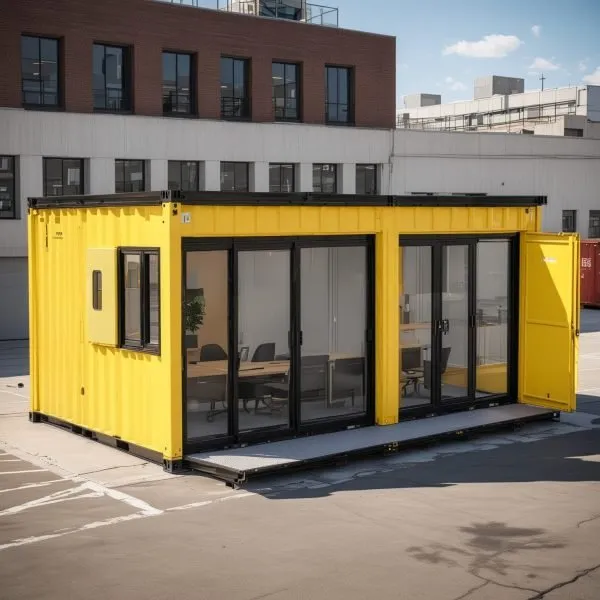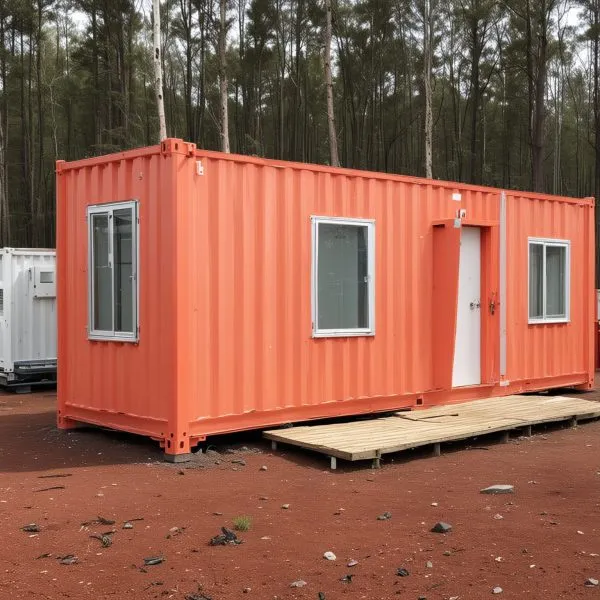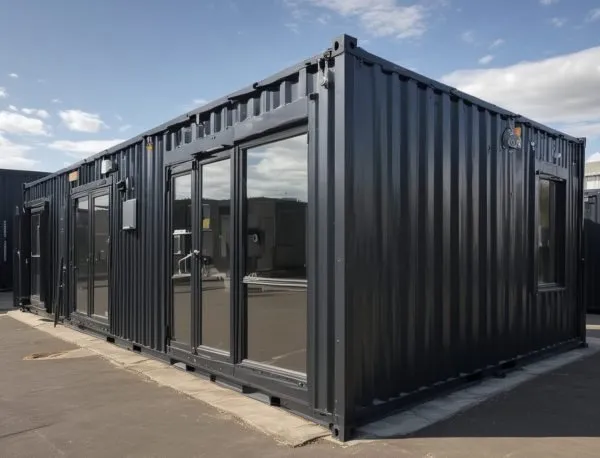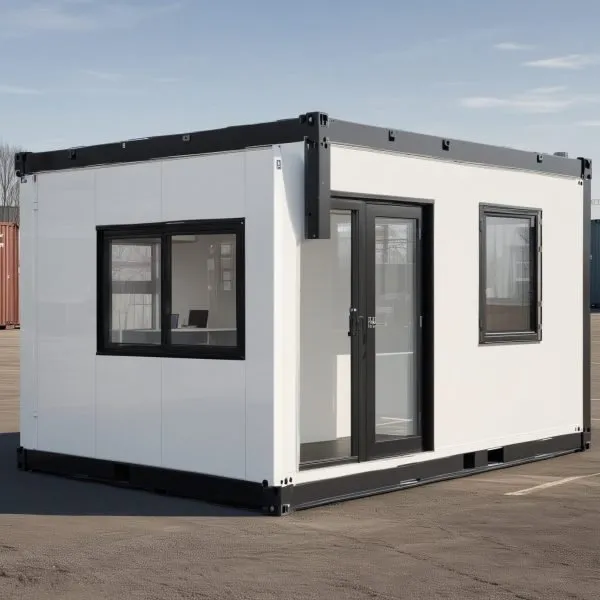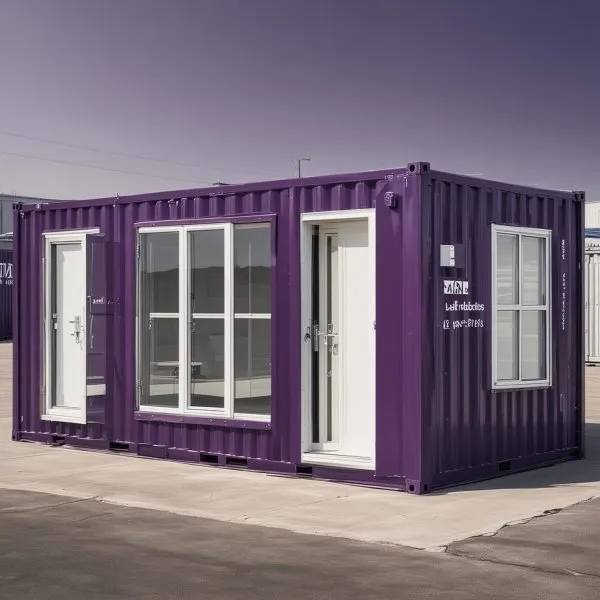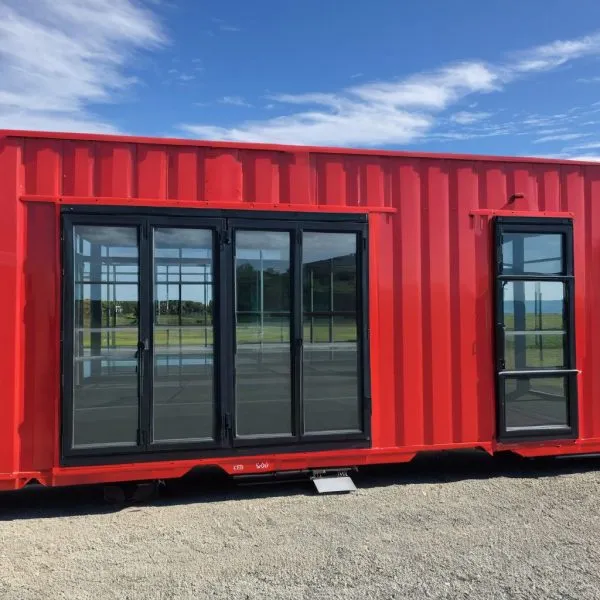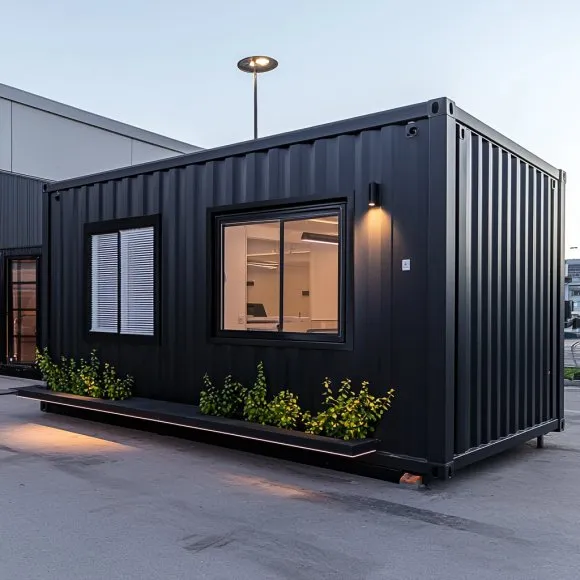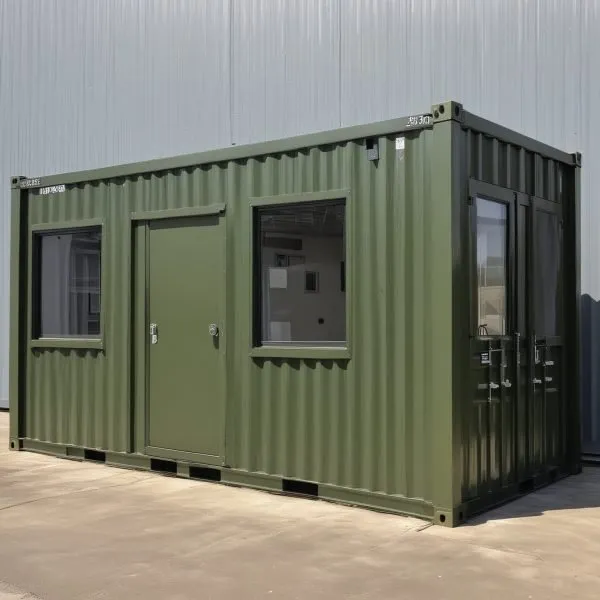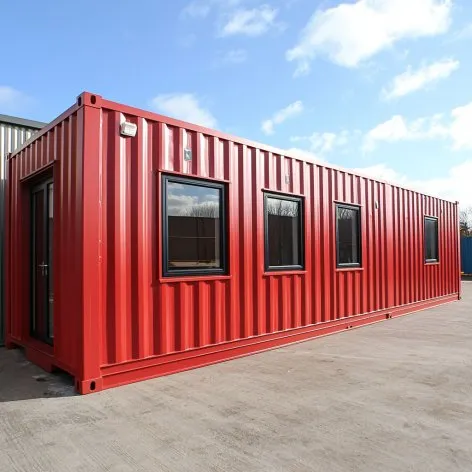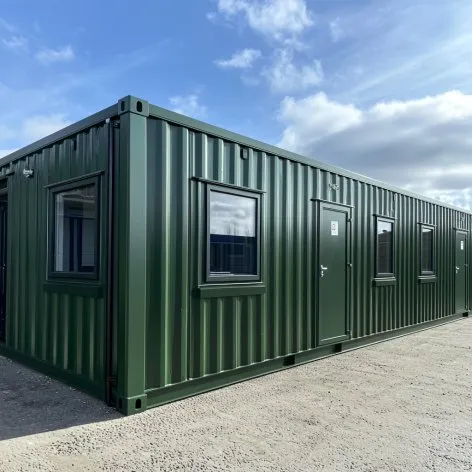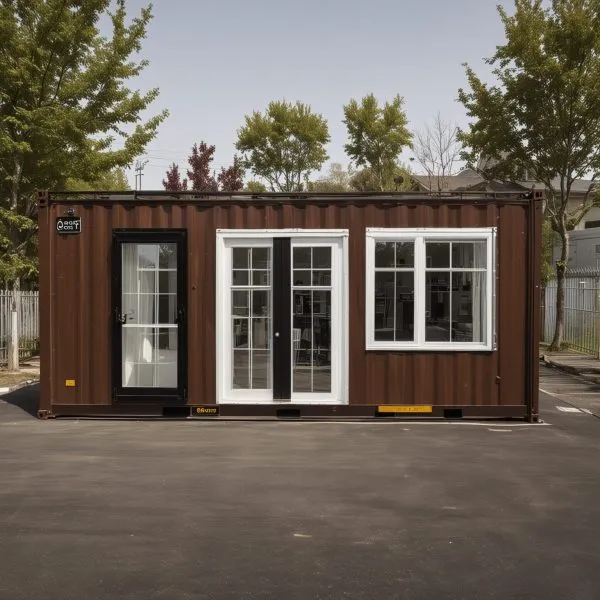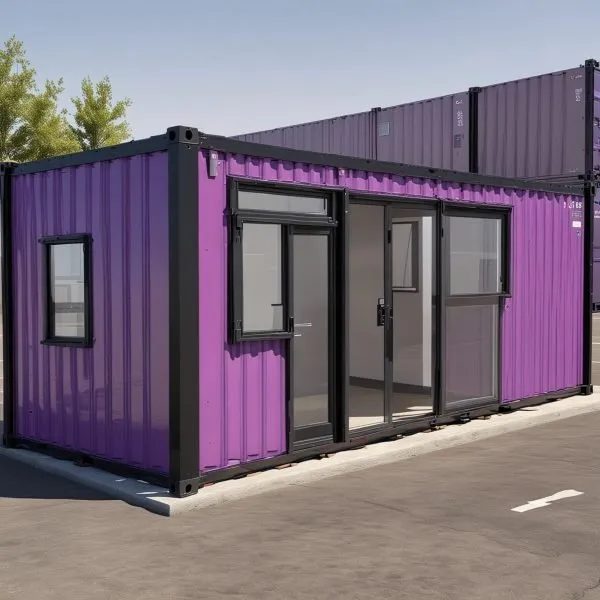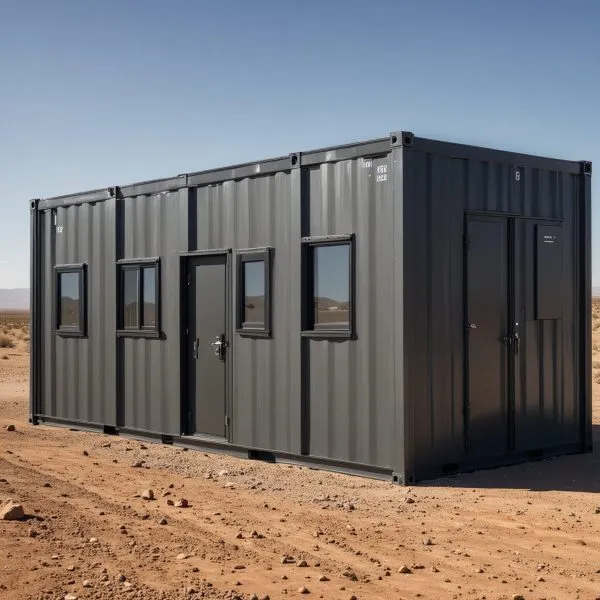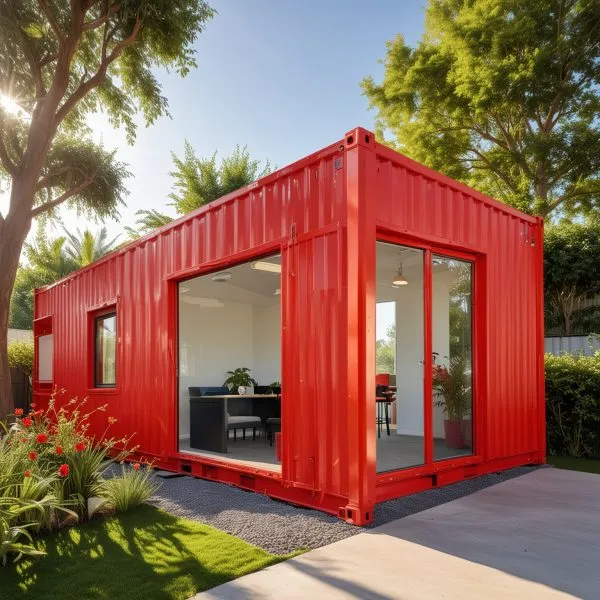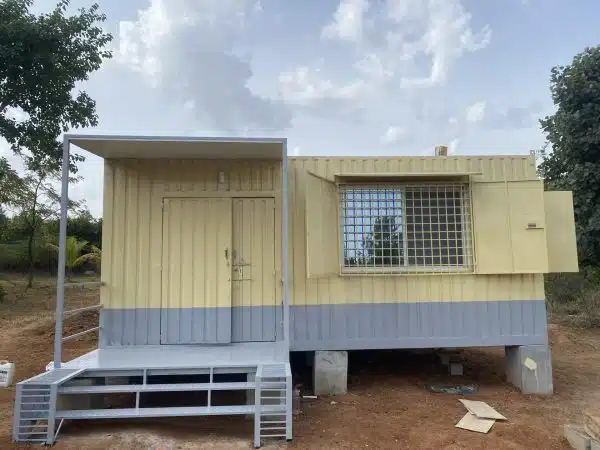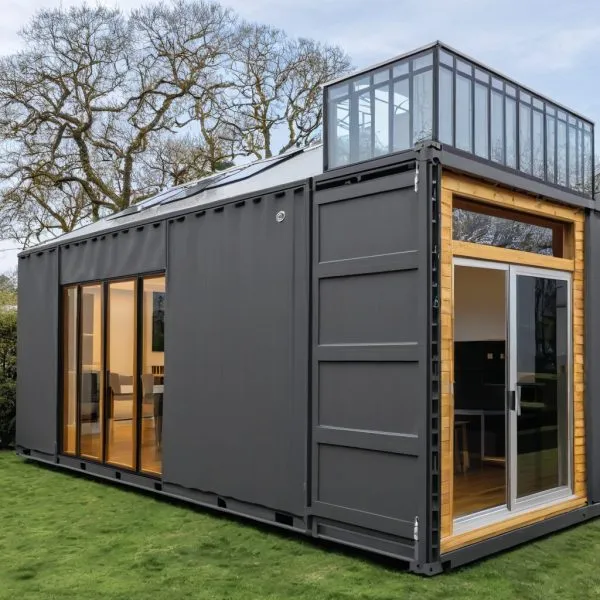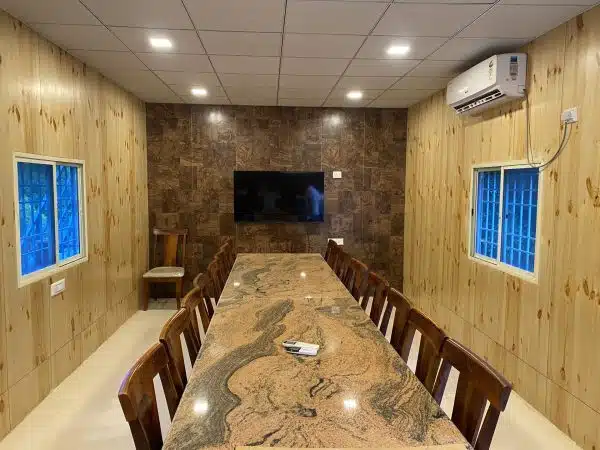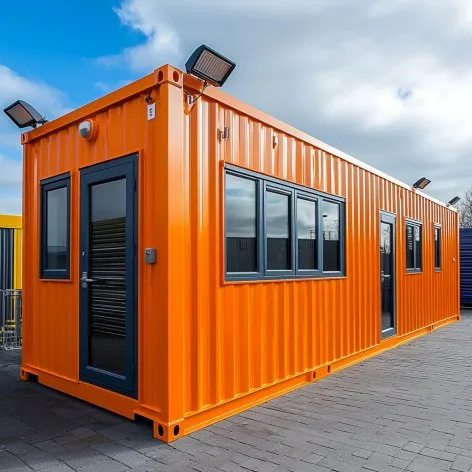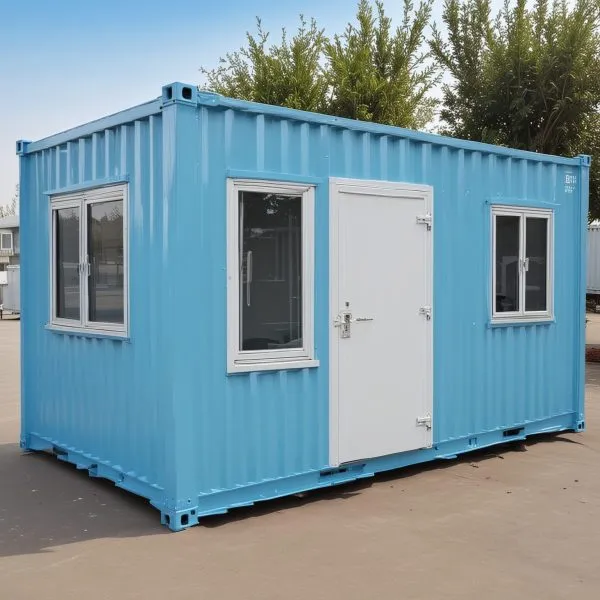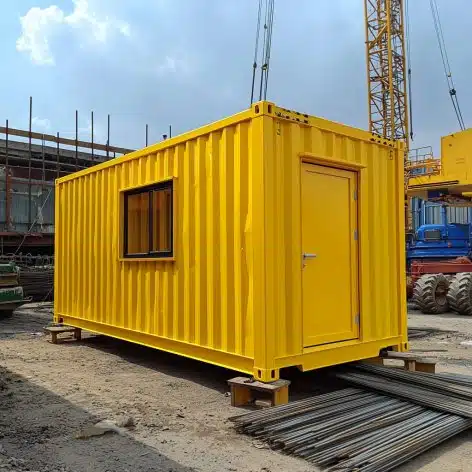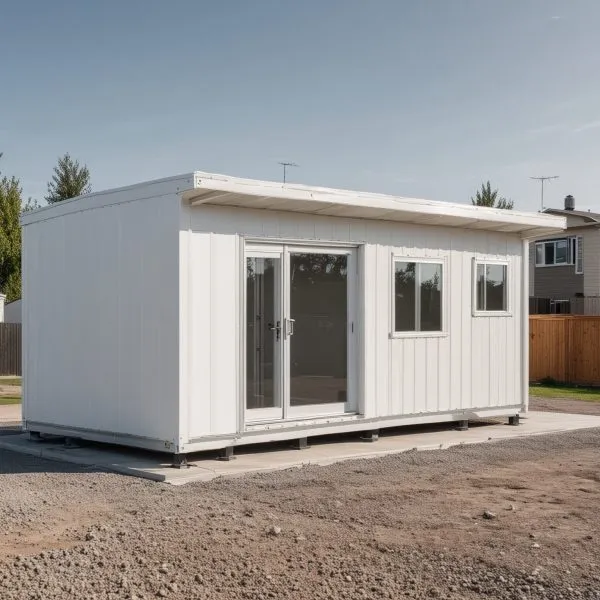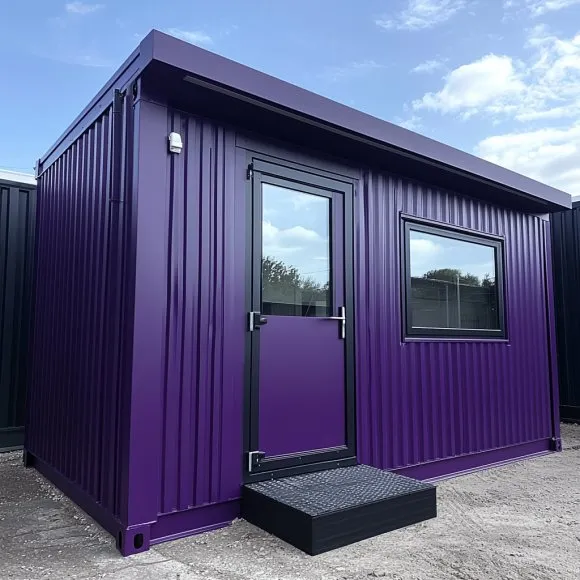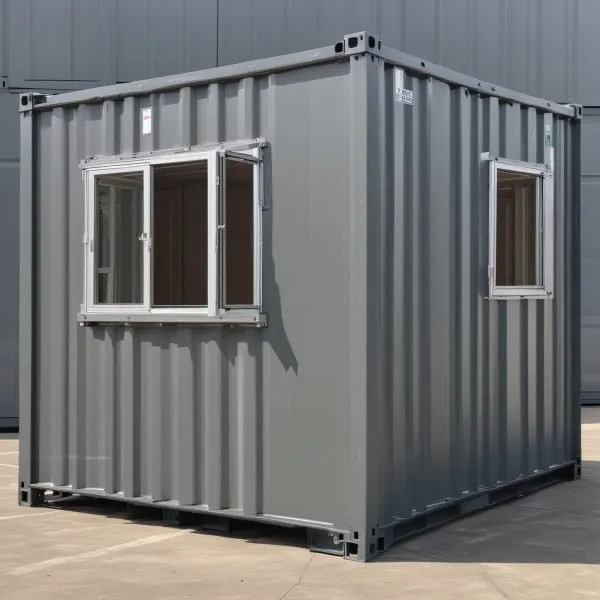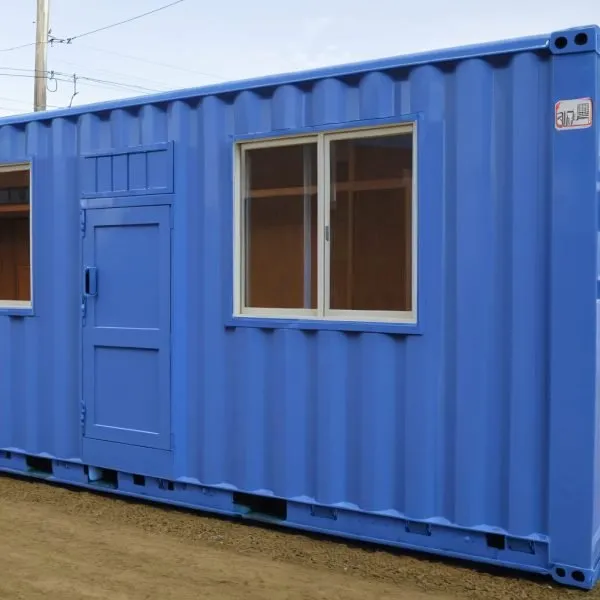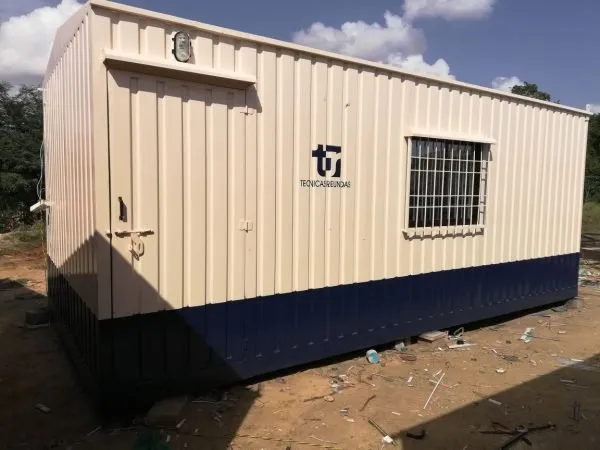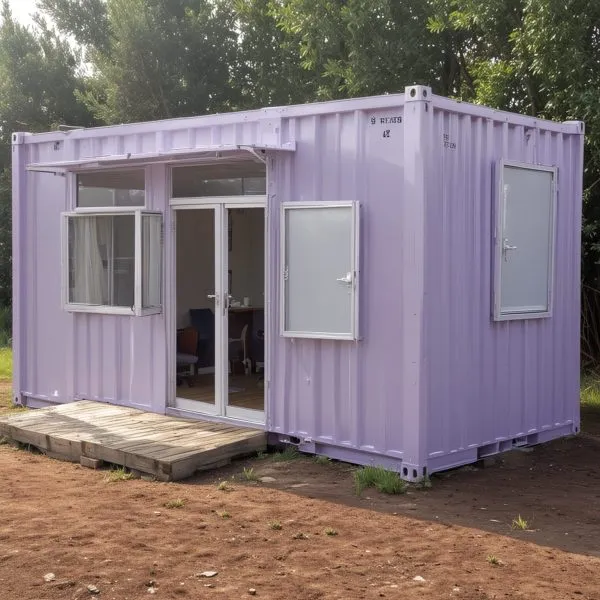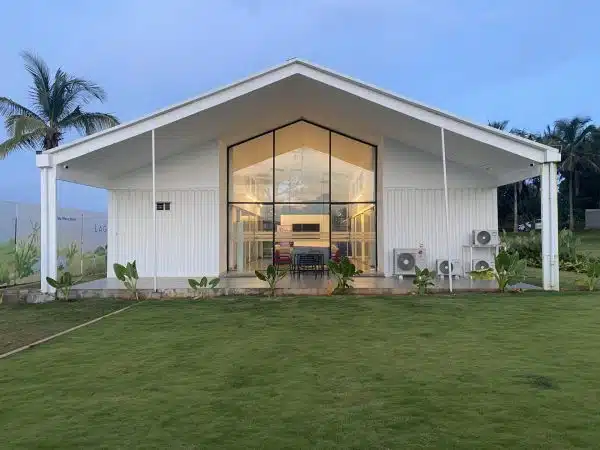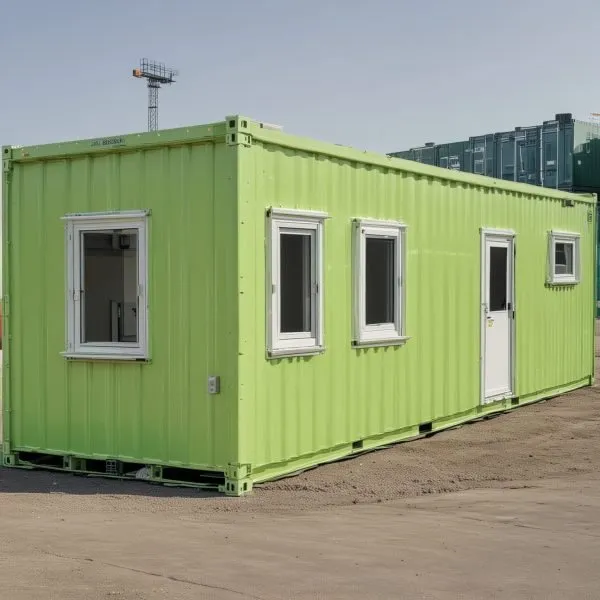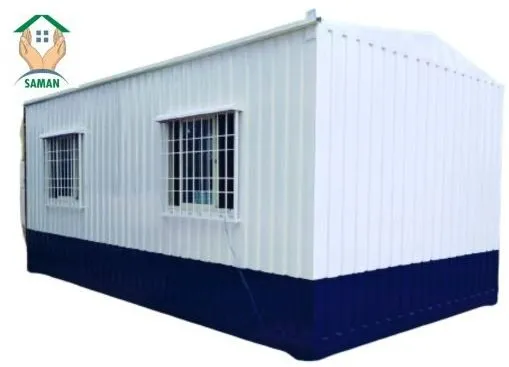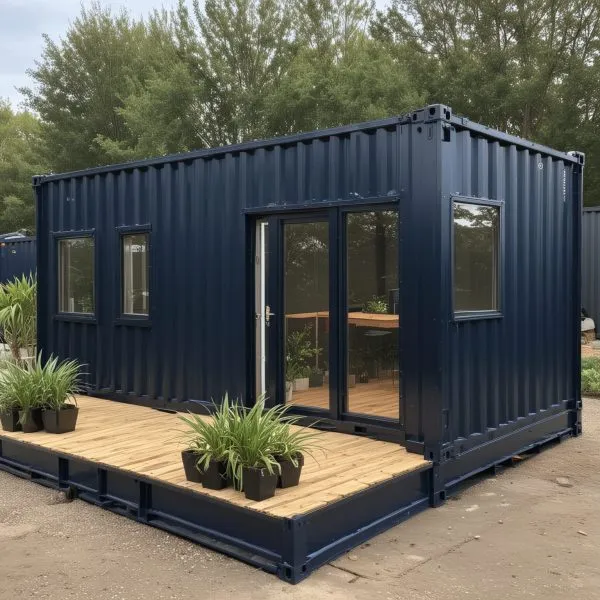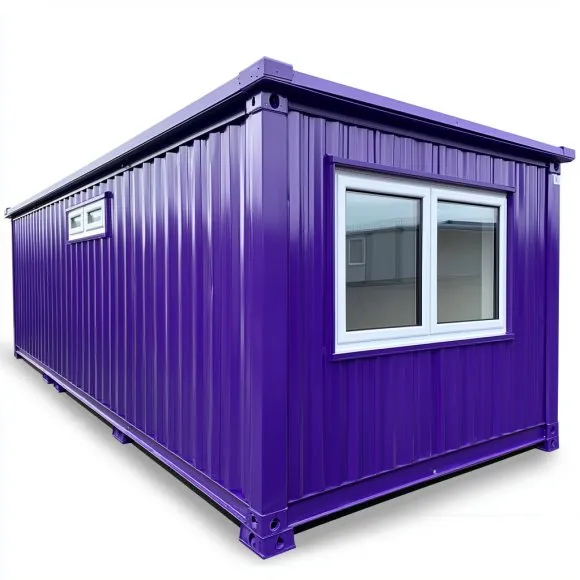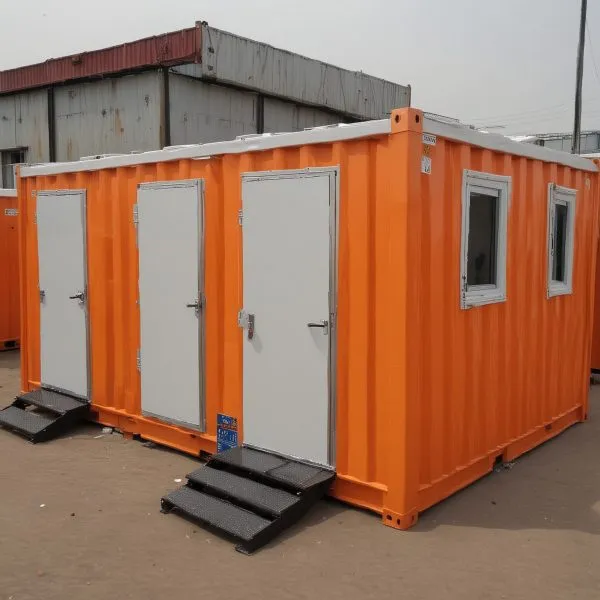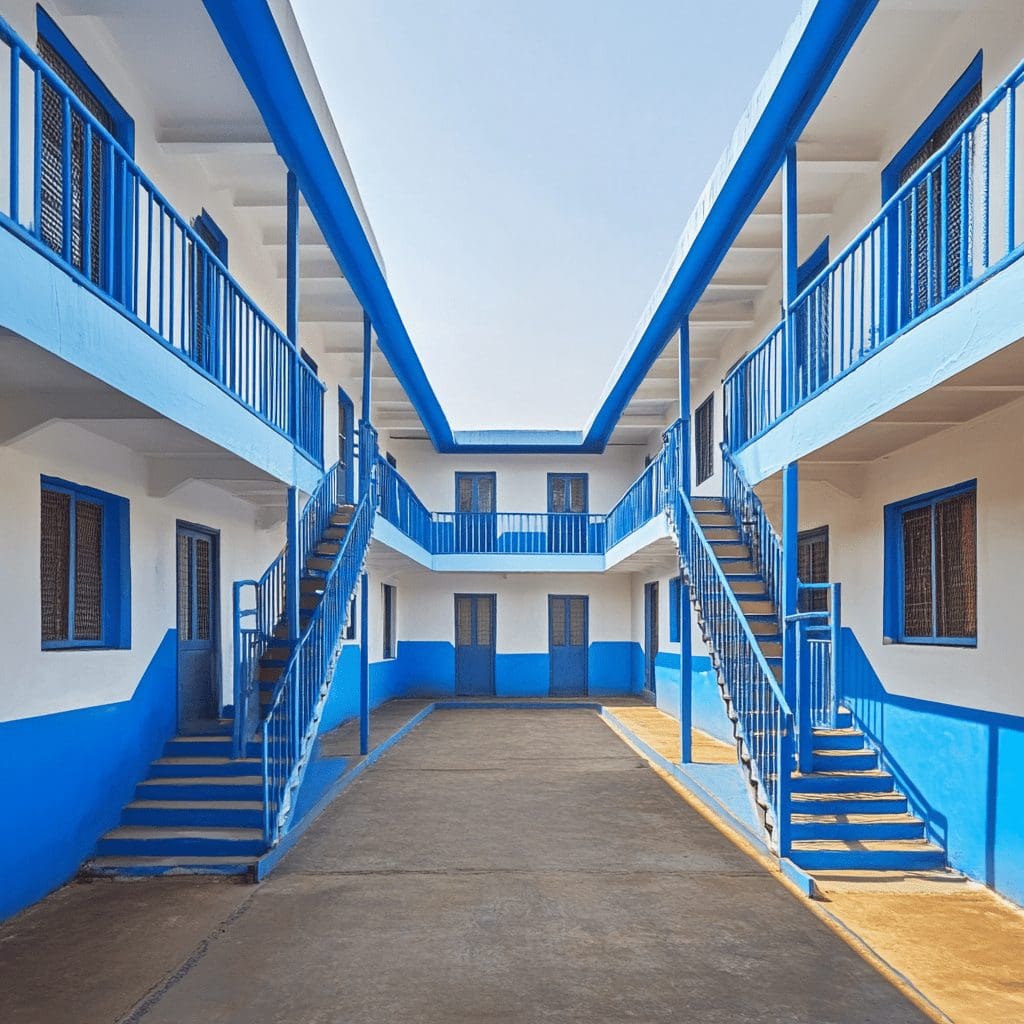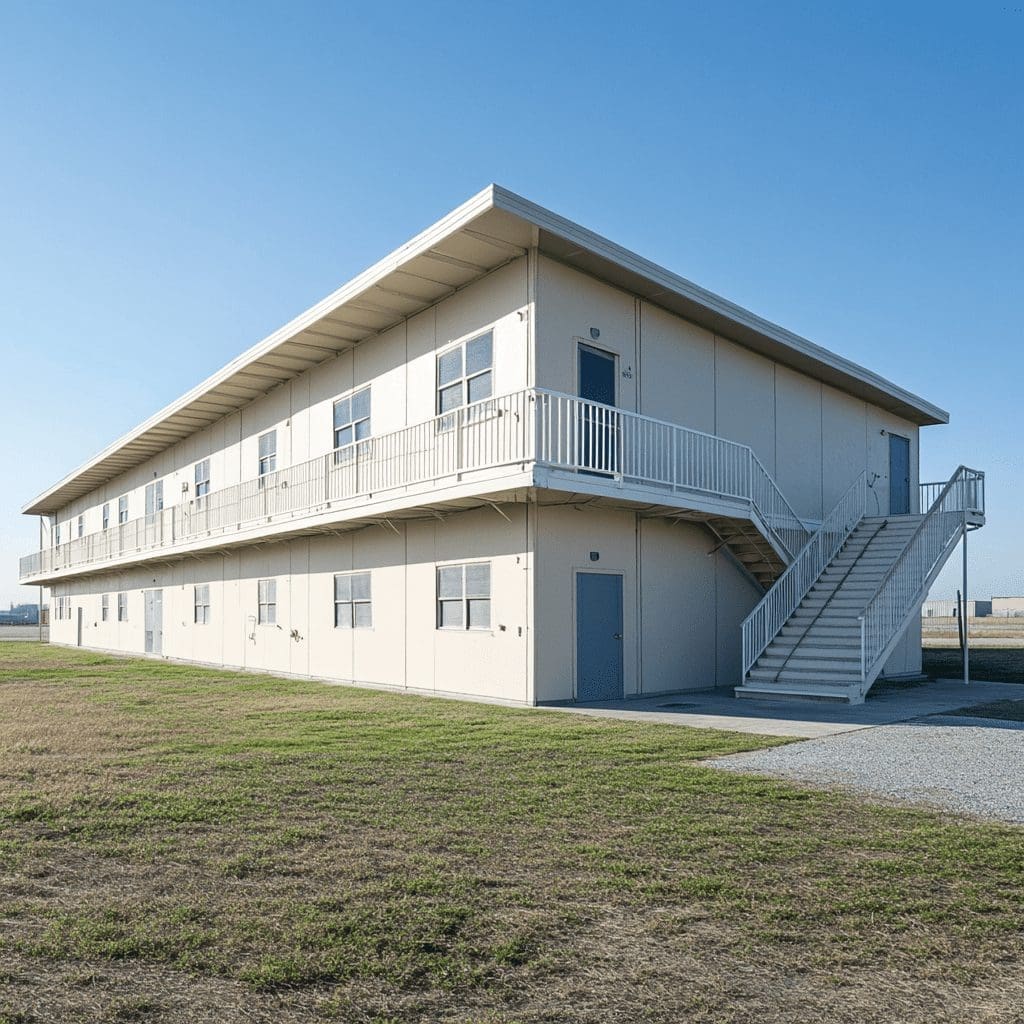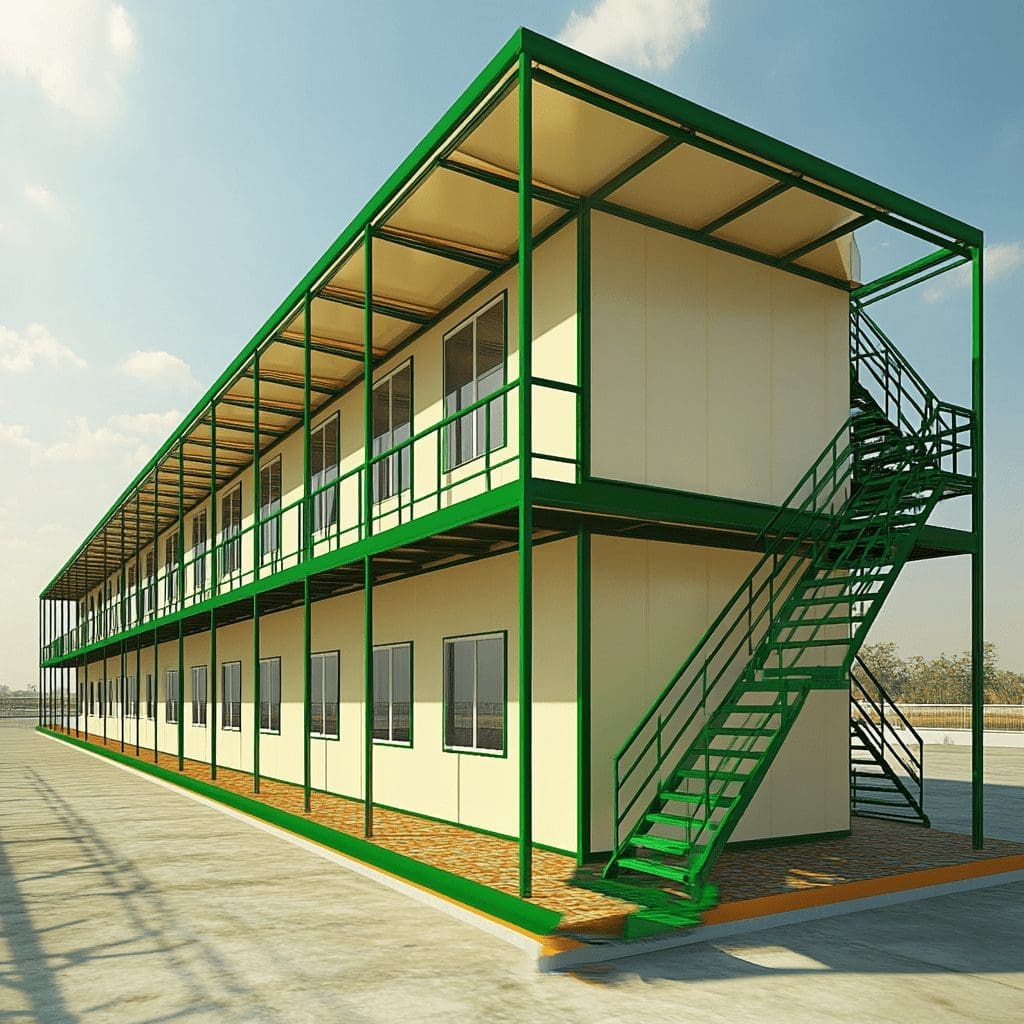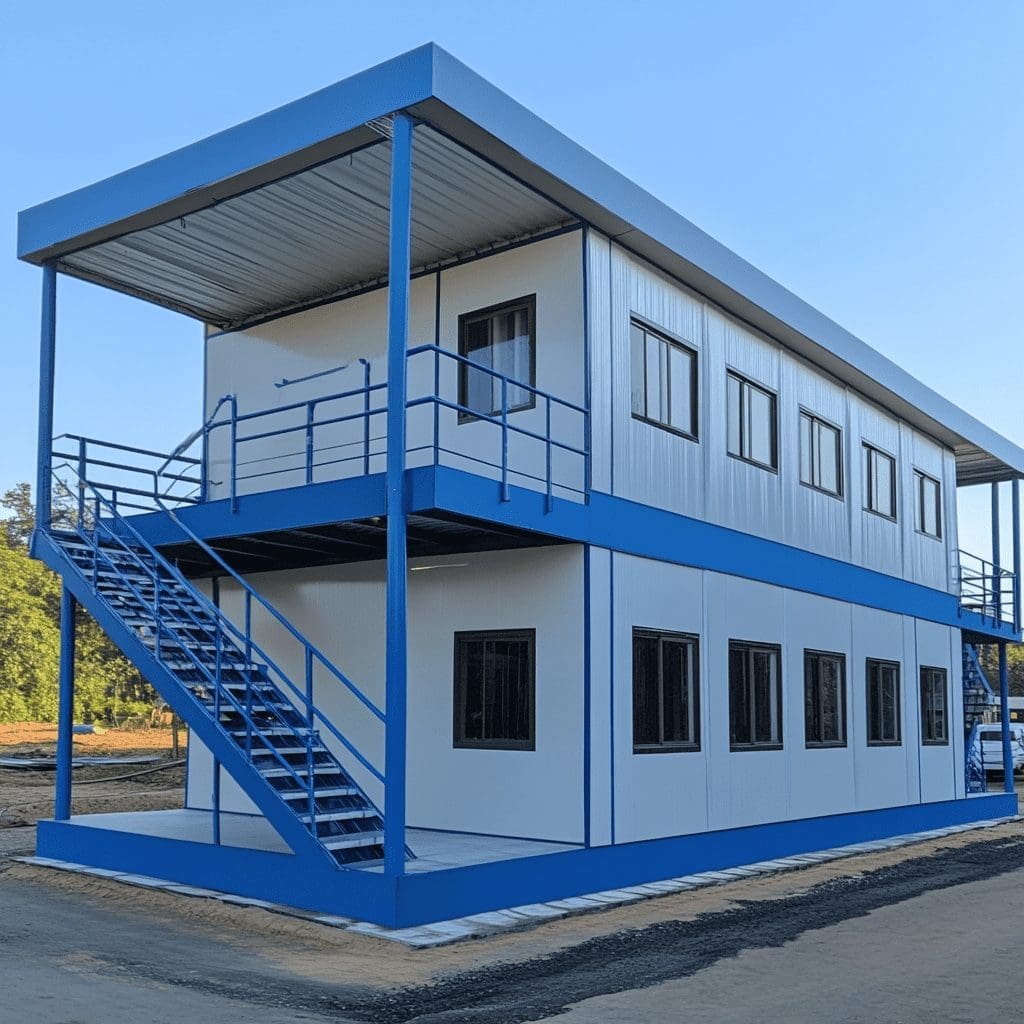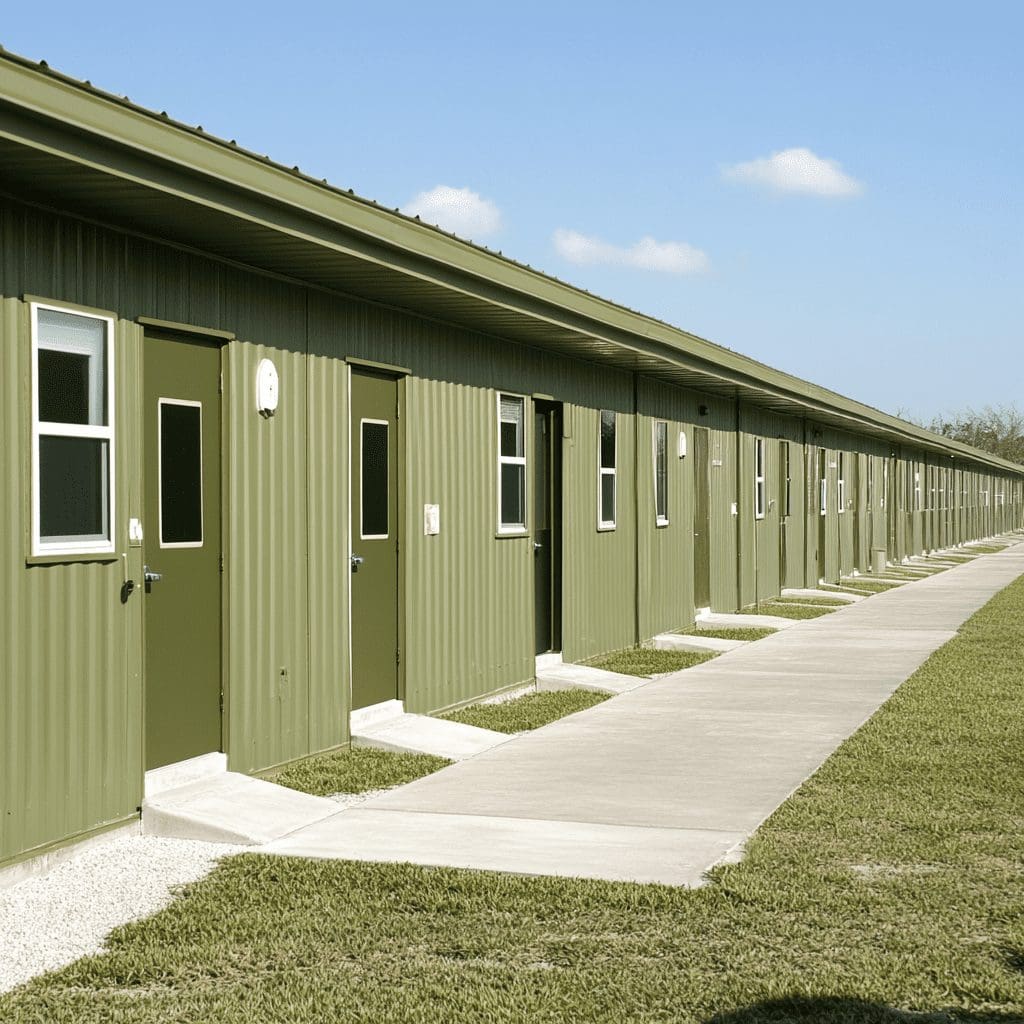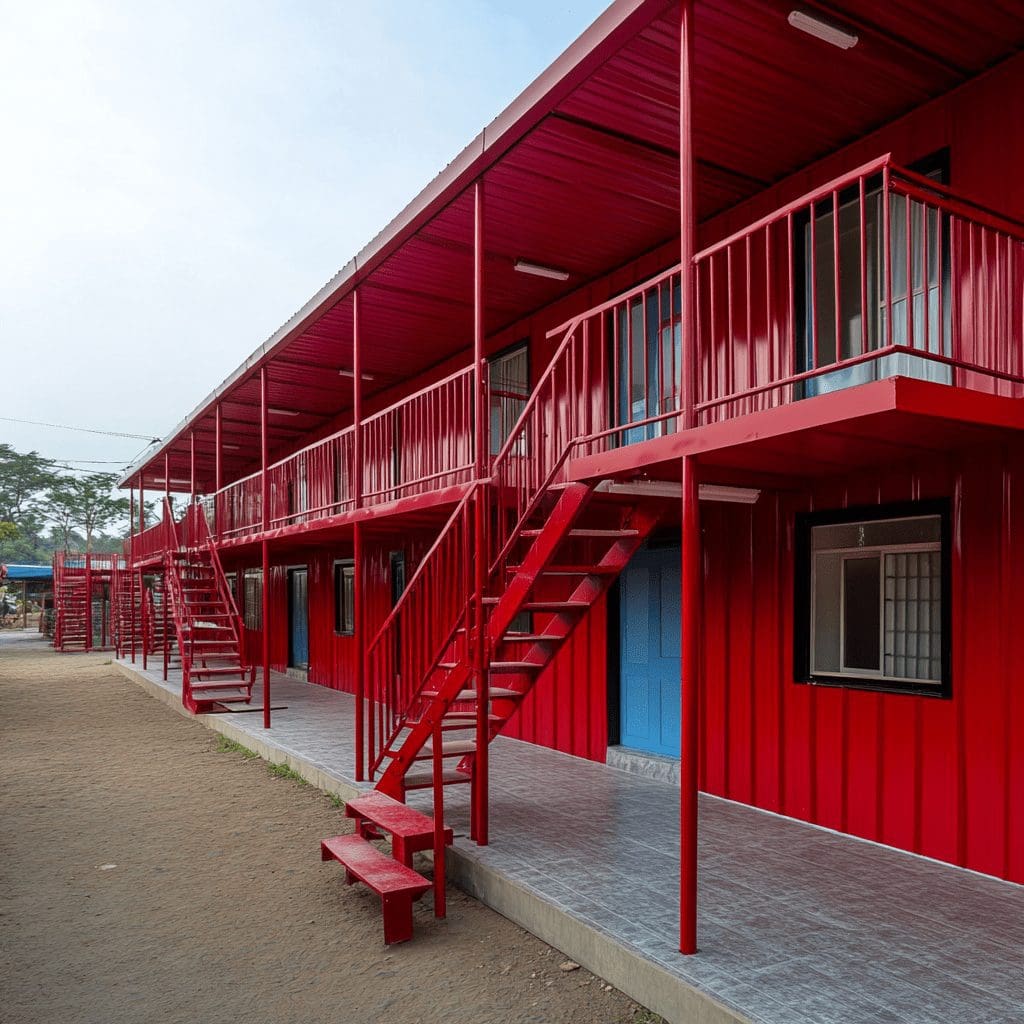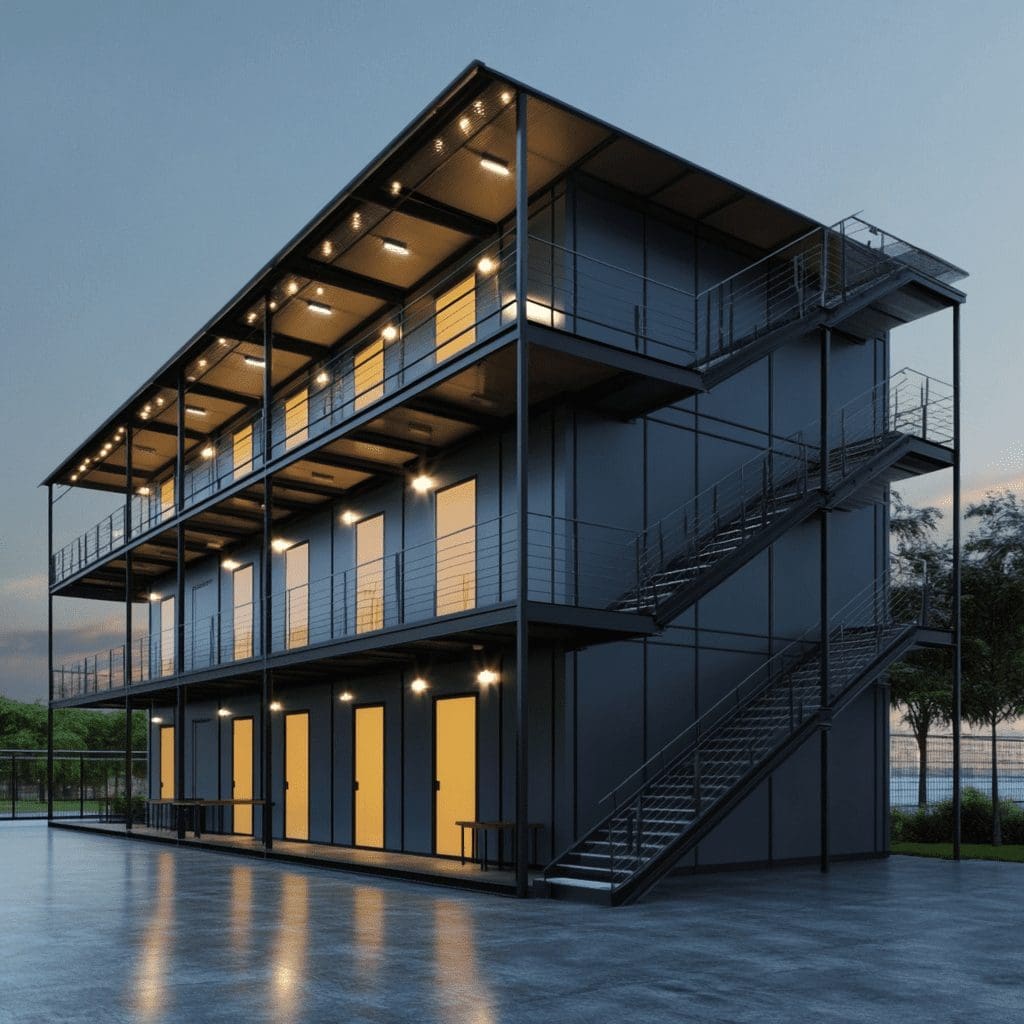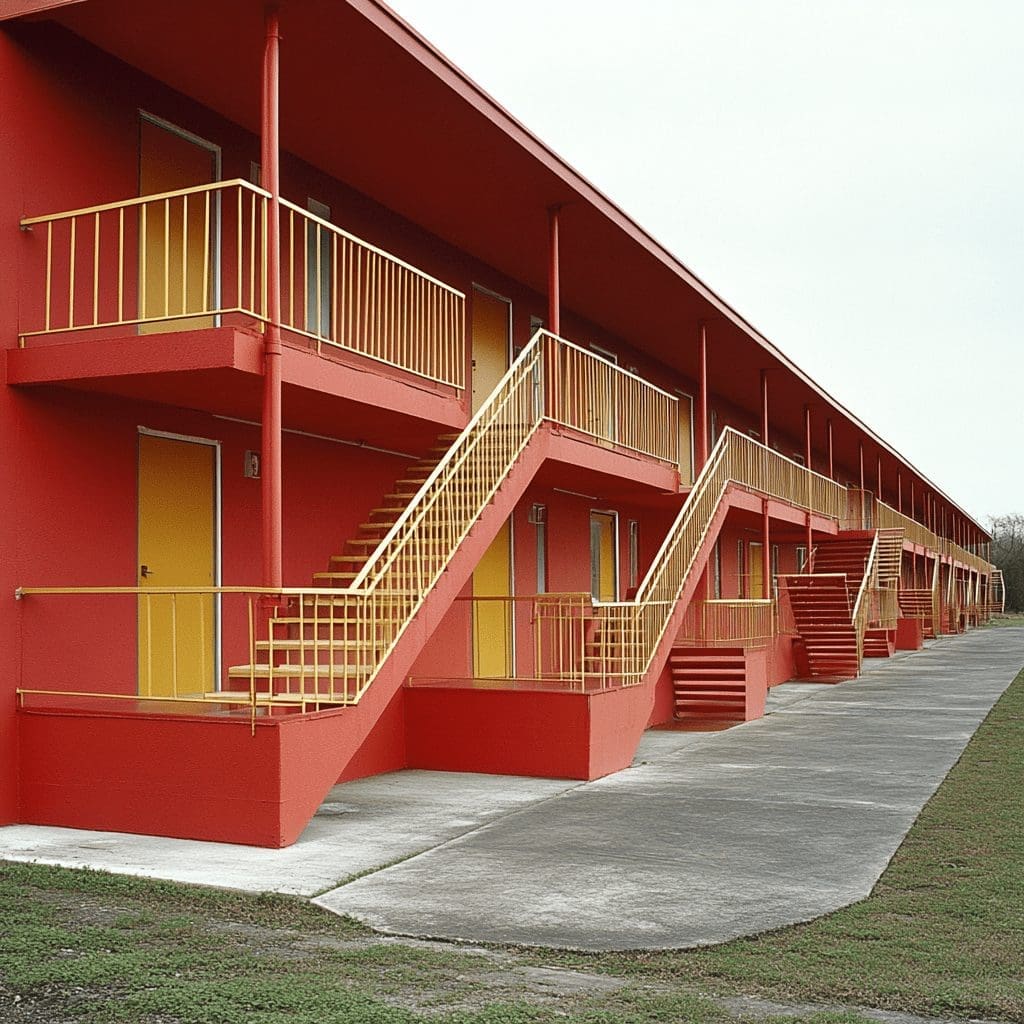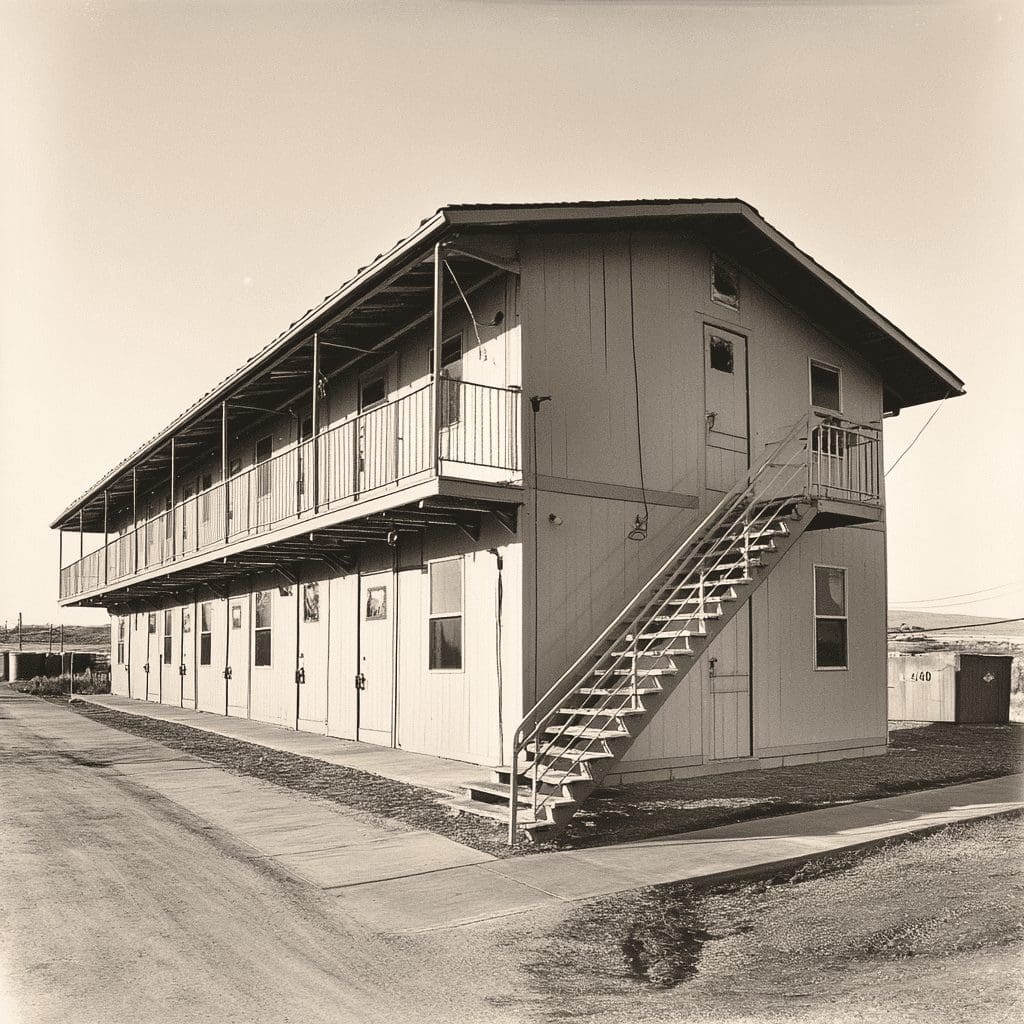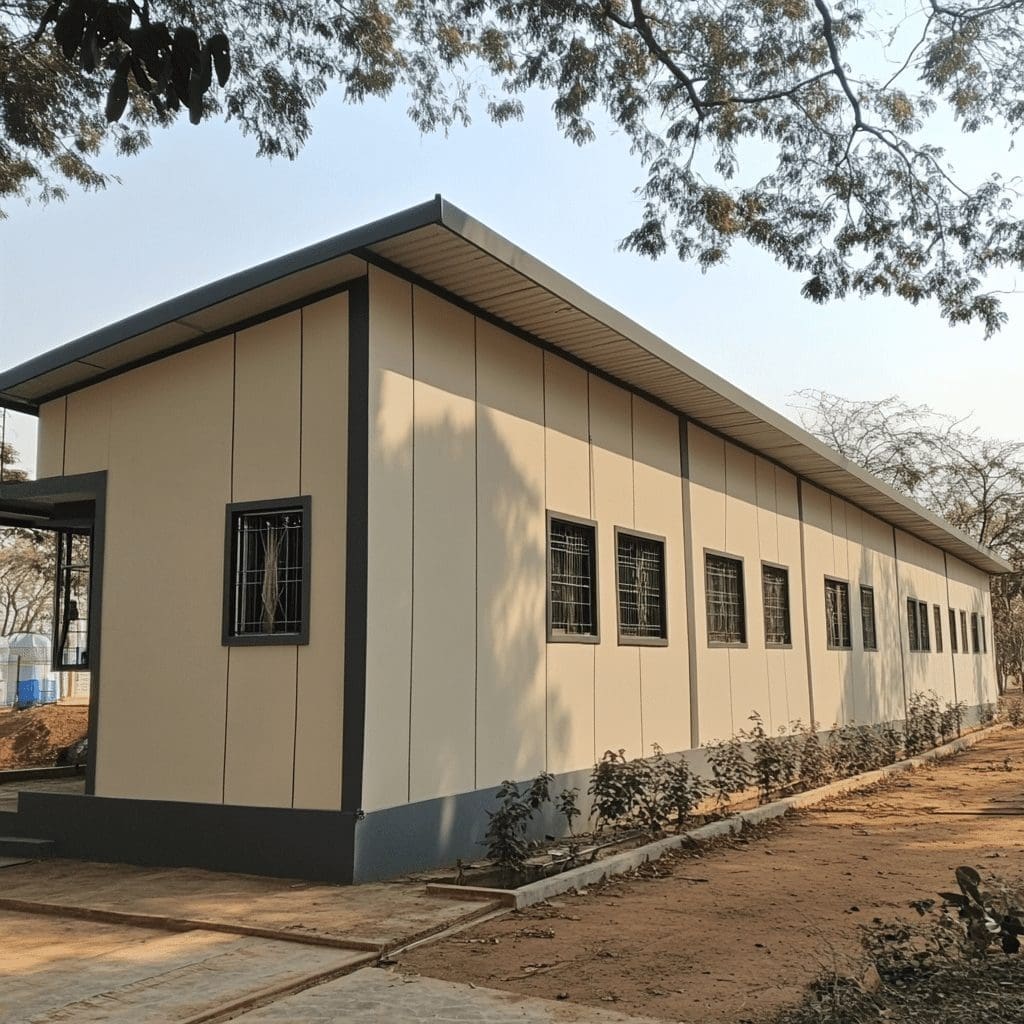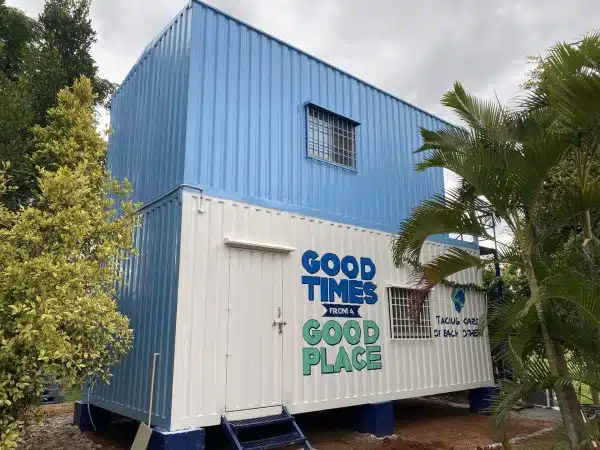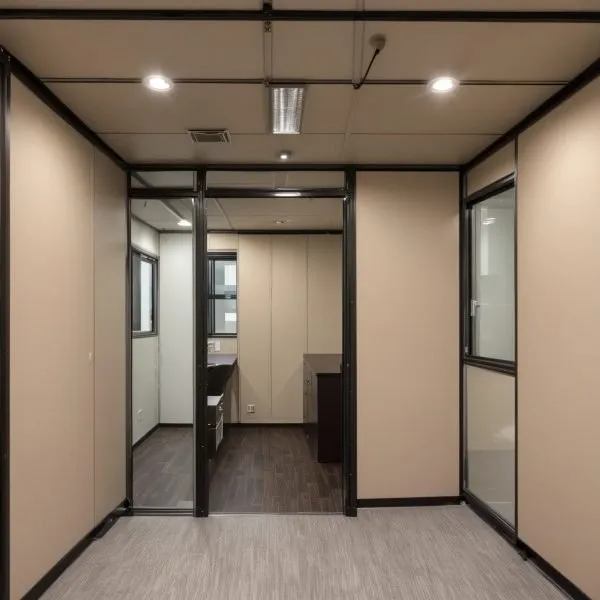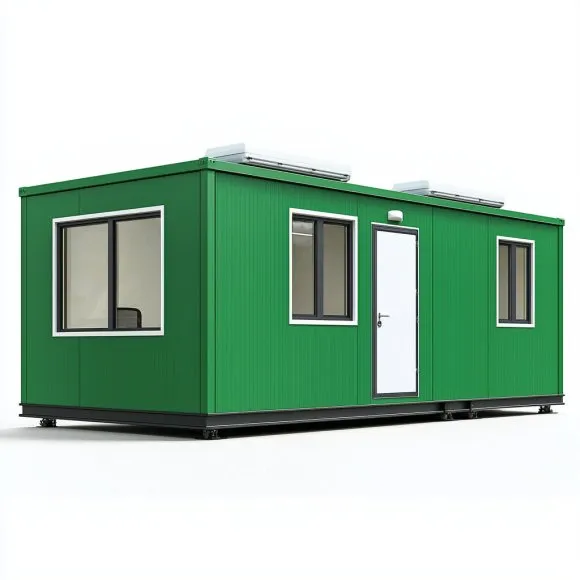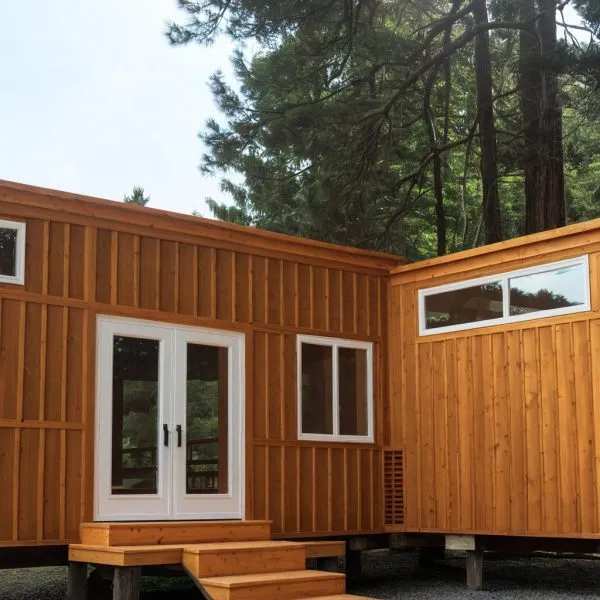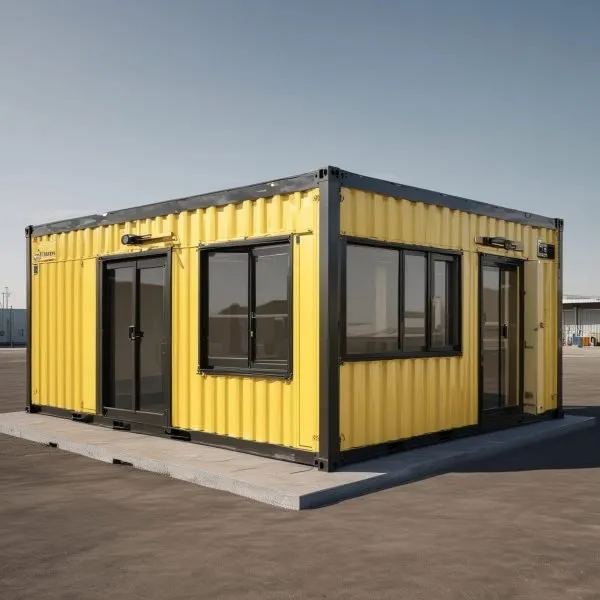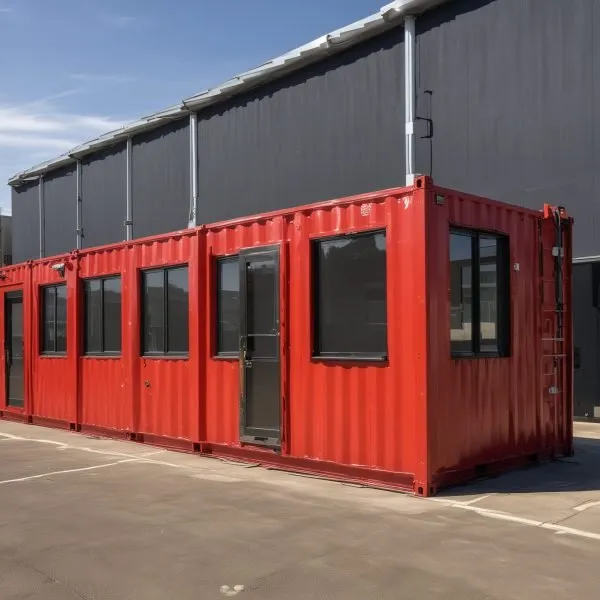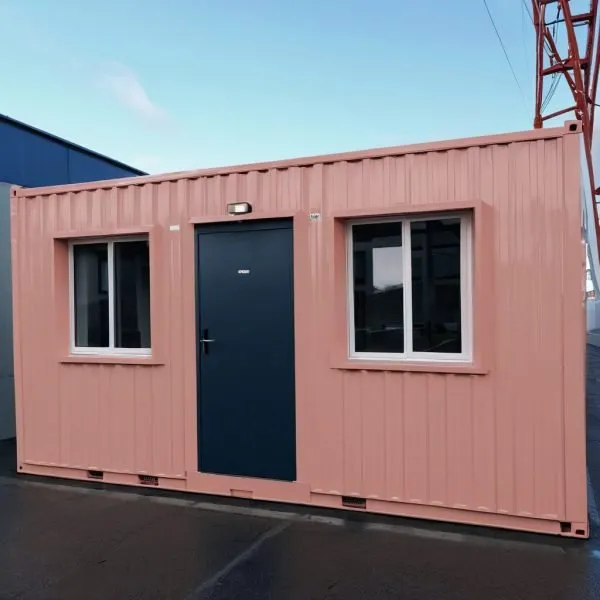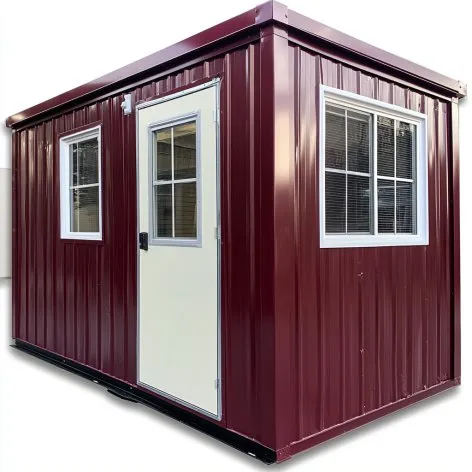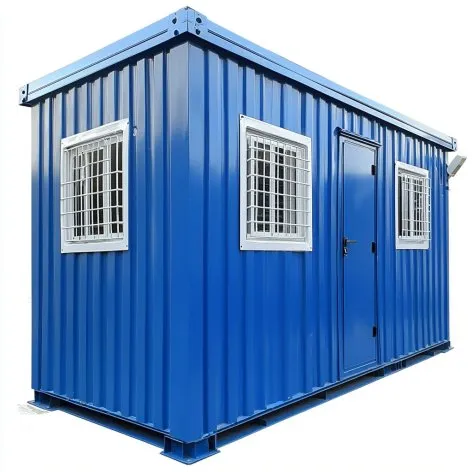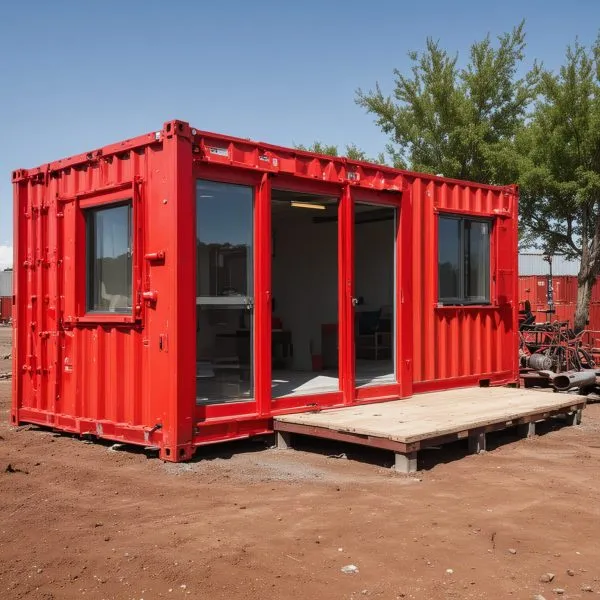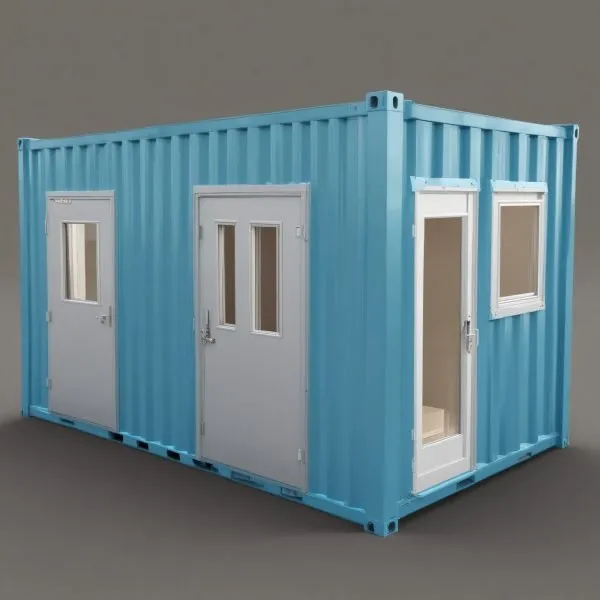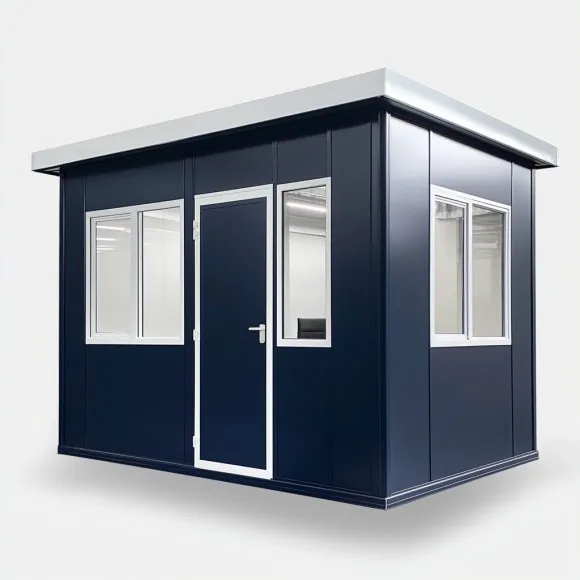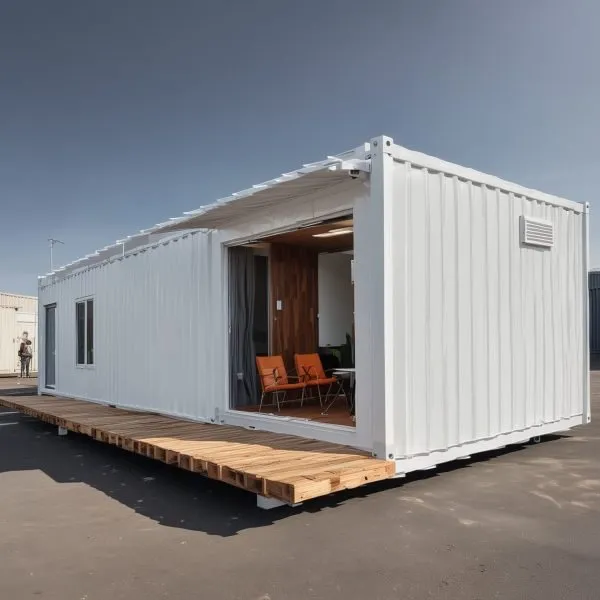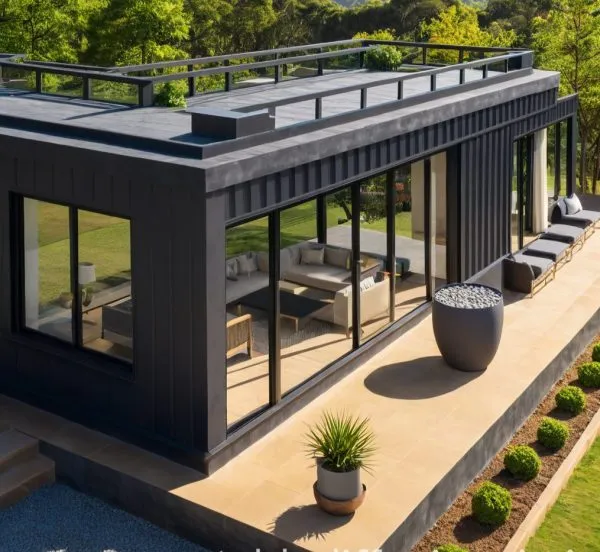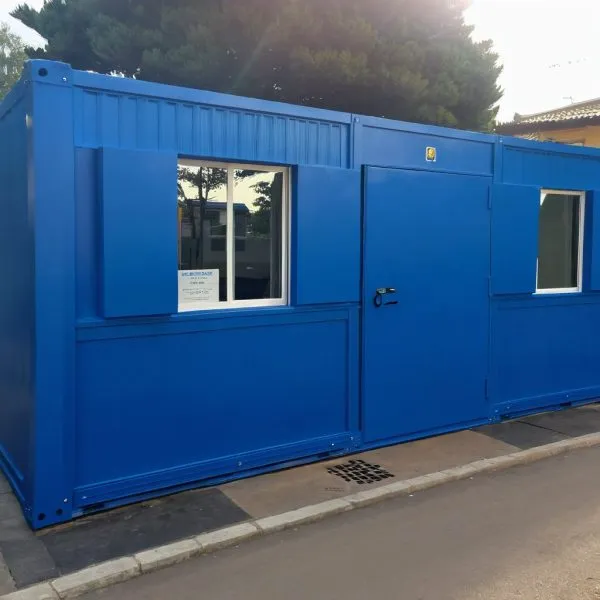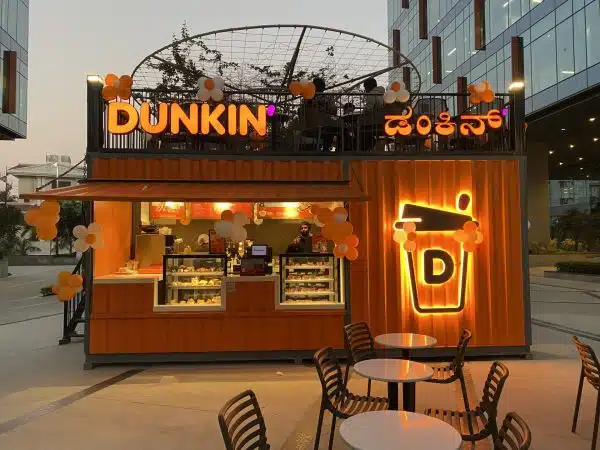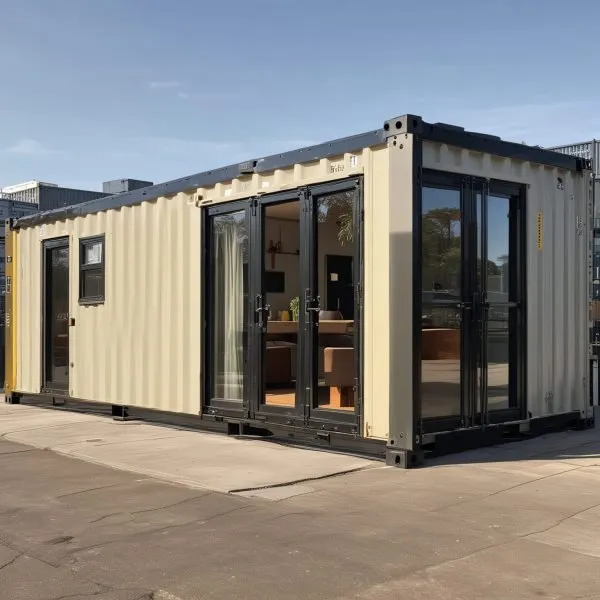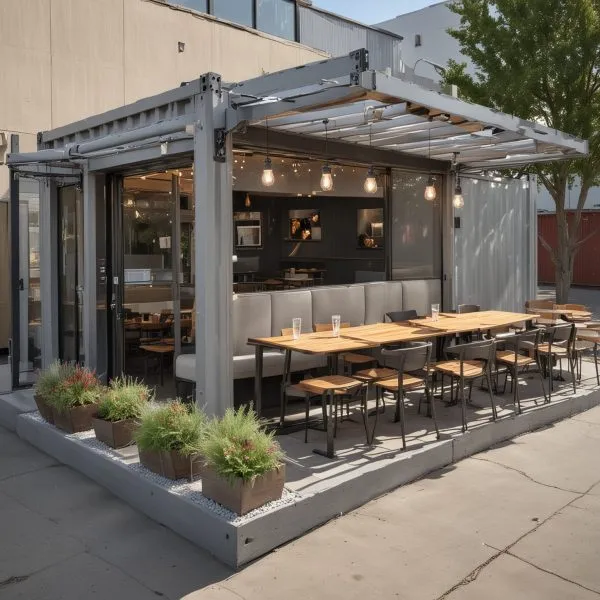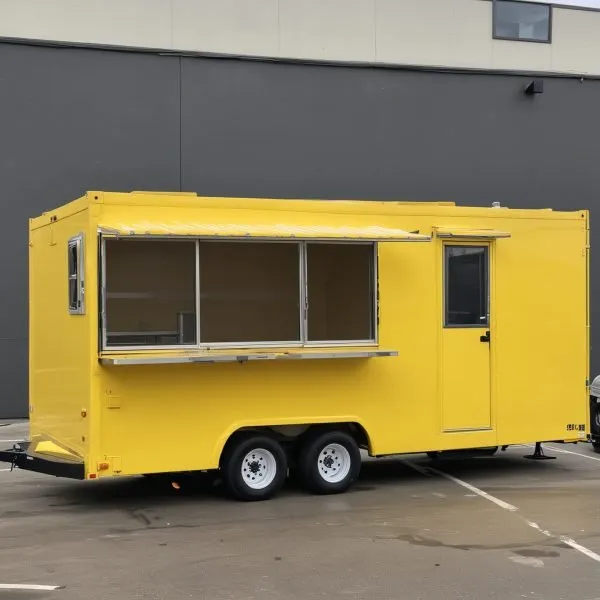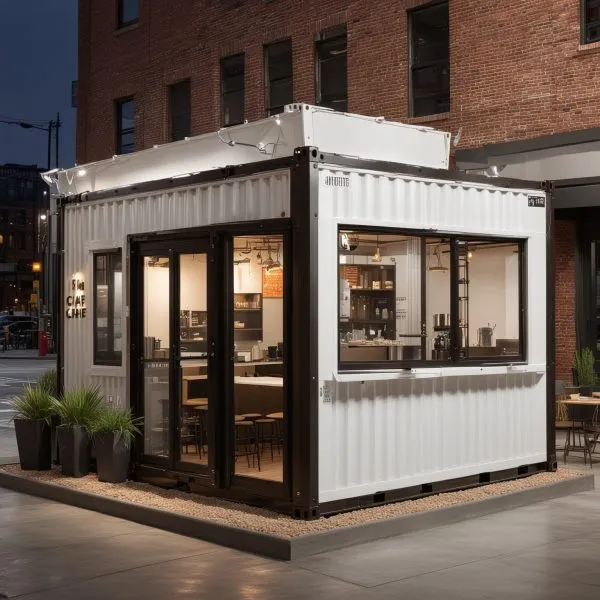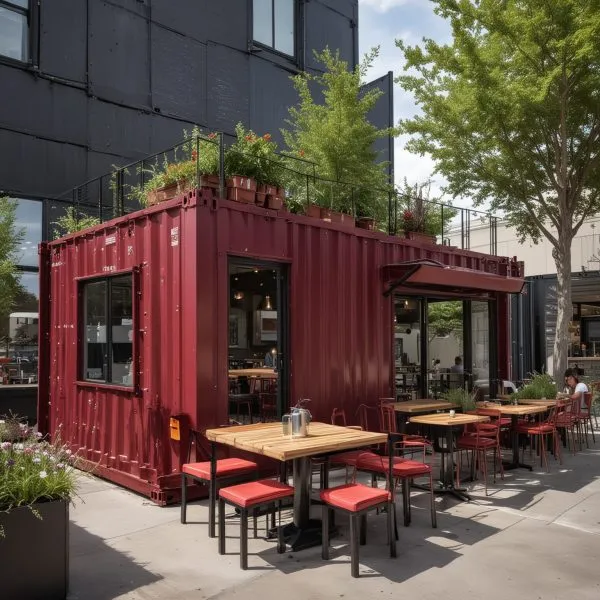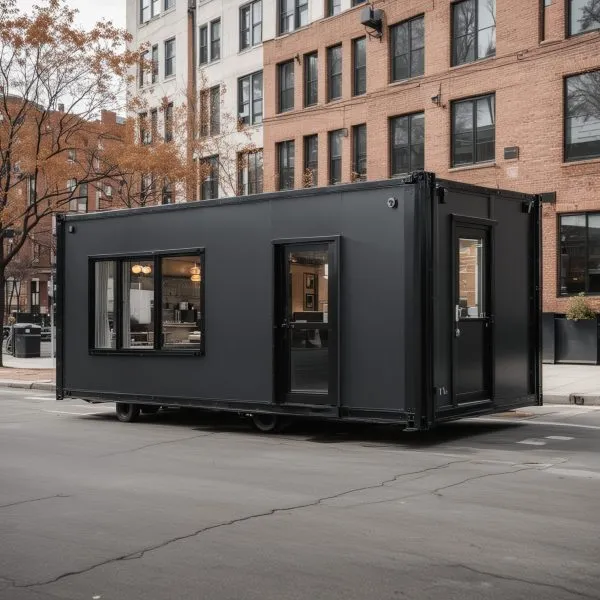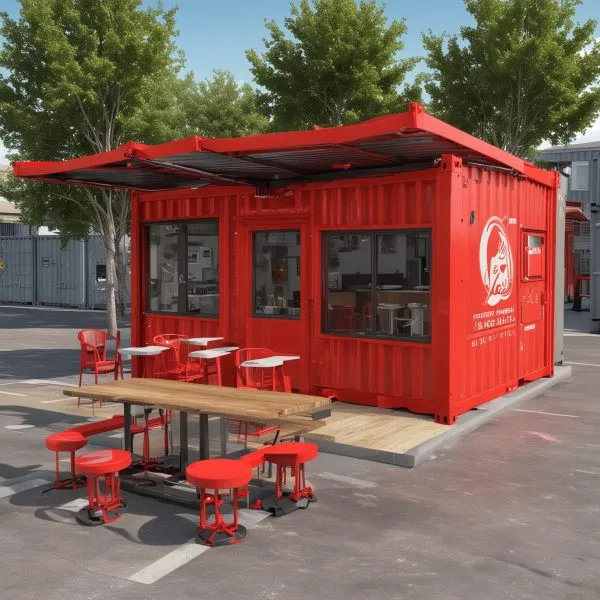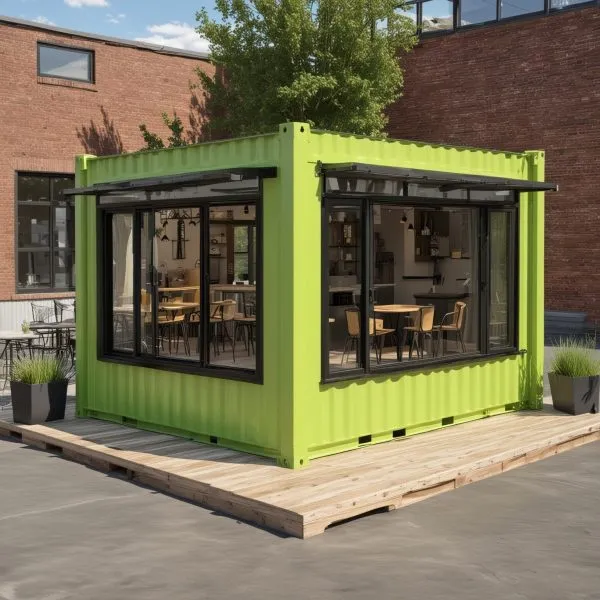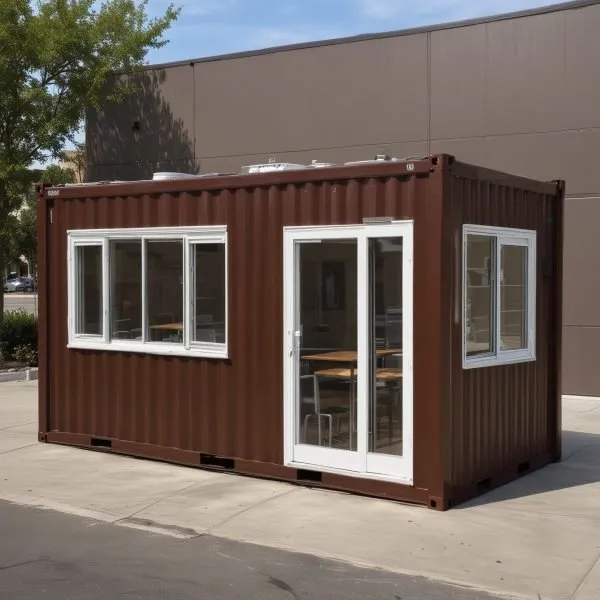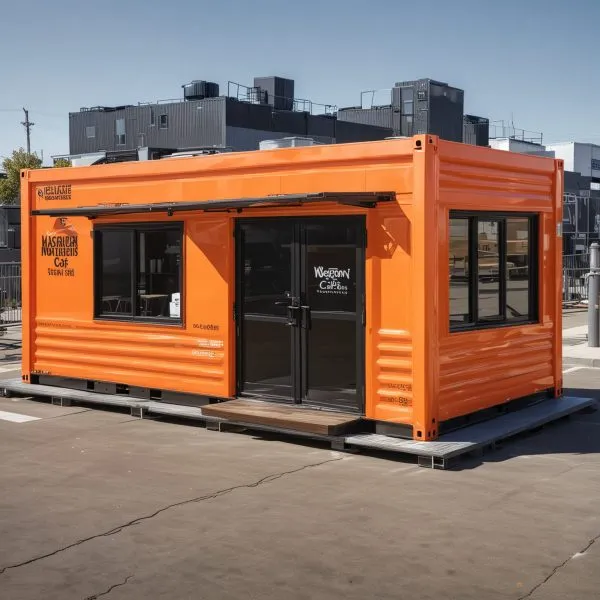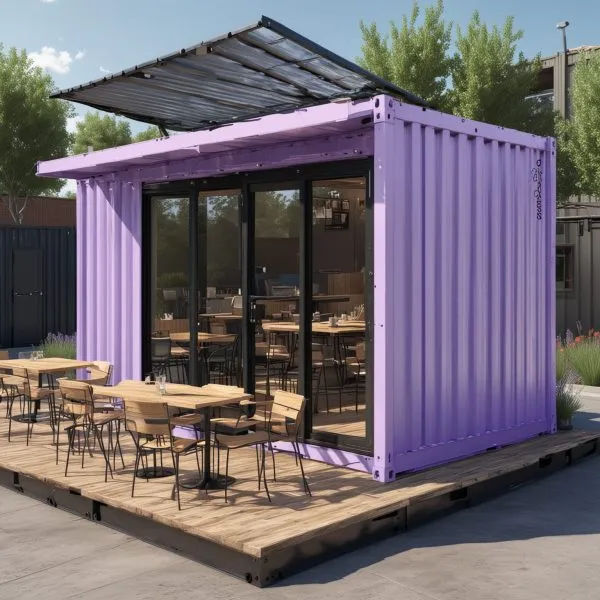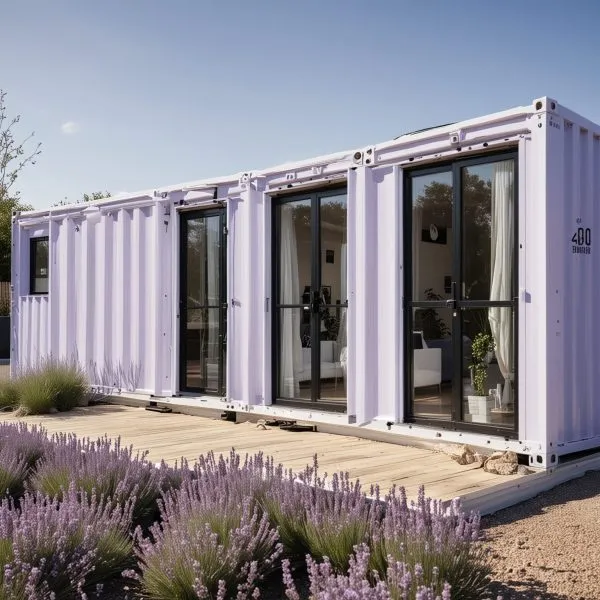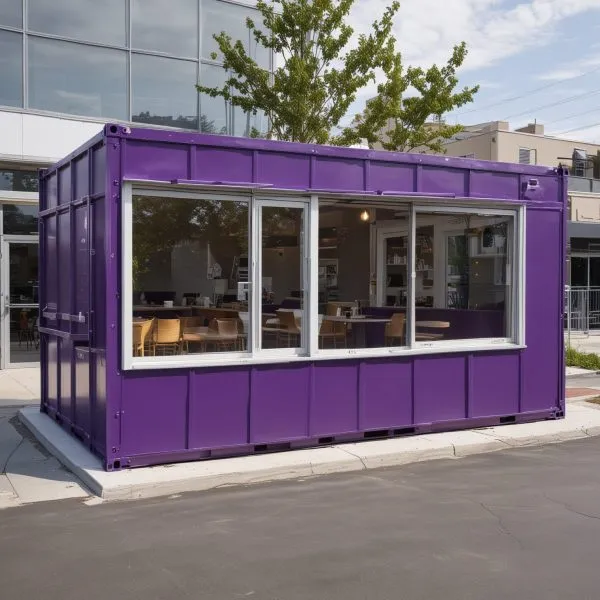PEB Structure Construction Cost: Key Insights for Budget-Friendly Steel Buildings
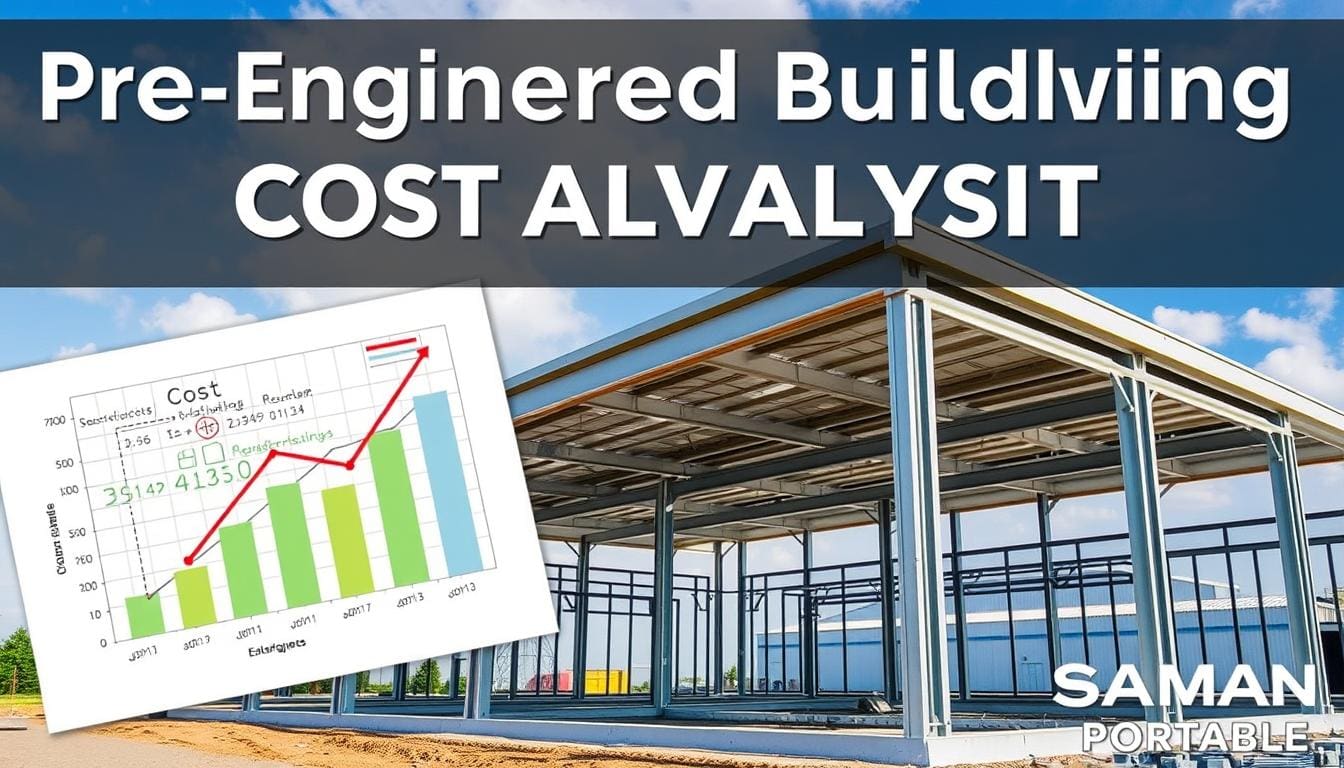
Are you looking to cut construction costs without sacrificing quality? Pre-engineered building (PEB) structures are a game-changer for those on a budget. They offer efficient and sustainable construction methods.
PEB structures change the game in building design. They are very cost-effective, with prices from $10 to $25 per square foot. This method is making a big impact in places like India, where development is fast.
We dive deep into the world of peb warehouse cost and structural solutions. We show how these advanced systems can save money while being top-notch and sustainable.
Key Takeaways
- PEB structures offer 10-30% cost savings compared to conventional construction
- Construction timelines can be reduced by 30-50%
- Material efficiency leads to significant waste reduction
- Modular design enables faster project completion
- Lower long-term maintenance costs
- Environmentally responsible building solution
- Adaptable to various industrial and commercial applications
Understanding Pre-Engineered Building Systems
Pre-engineered building systems are a new way to build that uses the latest in engineering and design. They offer a modern choice over old building methods. This makes them a great value for businesses and groups.
The main benefit of pre-engineered buildings is their unique making process. With costs from $10 to $25 per square foot, they are a cost-effective option for many construction needs.
Key Components of PEB Structures
- Primary steel framing systems
- Secondary structural members
- Roof and wall sheeting
- Fastening systems
- Specialized connection details
Manufacturing Process Overview
Our making method is all about being precise and quick. It includes:
- Computer-aided design and detailing
- Automated steel fabrication
- Precision cutting and welding
- Quality control inspections
- Modular component preparation
Design Principles and Applications
Pre-engineered buildings are great at optimizing structural performance. They are 30-35% lighter than regular steel buildings but are just as strong and long-lasting.
These systems are used in many areas, like:
- Industrial warehouses
- Commercial complexes
- Agricultural facilities
- Logistics centers
- Institutional buildings
By using advanced engineering, we make buildings that are smart and flexible. They are designed to meet specific needs.
Market Analysis and Growth Projections for 2025

The pre-engineered building (PEB) market in India is seeing big changes. It’s driven by new designs and a growing need for portable offices. This makes the sector ready for big growth.
Market insights show PEB structures are on the rise:
- Projected market growth at a CAGR of 11.66% between 2023 and 2030
- Expected market valuation reaching $50.72 billion by 2030
- Expanding applications in Tier 2 and Tier 3 cities
Industrial and commercial sectors are quickly adopting portable offices. They offer big benefits:
- 20-30% more cost-effective than traditional construction
- Reduced construction timelines
- Enhanced sustainability features
Government projects are pushing PEB adoption in many areas. This includes industrial facilities, transportation, and institutional buildings. These structures are strong and efficient thanks to high-strength steel and pre-fabrication.
Investors and businesses see the value in PEB technology. It’s changing how we build, making portable offices a great investment.
PEB Structure Construction Cost Breakdown
Understanding the costs of pre-engineered building (PEB) construction is key to making smart choices. Our detailed study shows the different parts that affect the cost of a PEB industrial shed and the total project cost.
When looking at PEB construction costs, it’s important to consider many factors. The cost of a PEB shed usually falls within certain price ranges. These prices offer great value for industrial and commercial projects.
Material Cost Analysis
Steel is the main part of PEB structures, making up 60-70% of the project cost. The type and quality of steel greatly affect the price:
- Structural steel frame: Main cost factor
- Steel grade selection: E250 and E350 are most used
- Material quality affects durability and performance
Labor and Installation Expenses
Installation costs usually make up 10-15% of the total budget. PEB construction saves a lot on labor:
- Less on-site labor needed
- Construction is faster
- Lower labor costs compared to traditional methods
Additional Cost Factors
Several details add to the final cost of PEB industrial structures:
- Foundation and site prep (10-15% of project cost)
- Design and engineering costs (5-10%)
- Location-specific needs
- Building size and complexity
Planning carefully and getting expert advice can help manage these costs. This ensures a PEB construction project is both affordable and efficient.
Benefits of Pre-Engineered Buildings

Pre-engineered buildings (PEBs) are changing the way we build. They offer great benefits for businesses looking for quick and green building options. Durable porta cabins for construction sites are just one example of how versatile these structures can be.
Key benefits of PEB structures include:
- Rapid Construction Timeline: PEBs can cut construction time by about 50% compared to old methods
- Significant Cost Savings: They can lower overall project costs
- Enhanced Sustainability: They use recyclable materials, making them eco-friendly
- Flexibility for Various Applications: Good for warehouses, manufacturing units, and durable porta cabins for construction sites
PEBs have big advantages over traditional building methods. The steel they use is very durable and doesn’t rust or corrode. This means they last a long time. Plus, they’re made with precision, wasting less than 10% of materials during building.
Businesses love how adaptable PEB structures are. They can be moved easily, giving businesses the flexibility traditional buildings can’t. This makes PEBs a great choice for companies that need to change quickly.
- Energy efficiency
- Lower maintenance costs
- Rapid installation
- High-quality materials
We believe in building in a sustainable and innovative way. That’s why we suggest pre-engineered buildings for modern construction projects.
Cost Comparison with Traditional Construction Methods
It’s important to understand the costs of different construction methods. Pre-engineered buildings (PEBs) are a great alternative to traditional construction. They offer big cost savings that go beyond the initial price.
Initial Investment Analysis
Looking at the cost per kg of PEBs shows they are very cost-effective. Our study found that PEBs can cut project costs by 10-20% compared to traditional building.
- Material costs for PEBs are much lower
- Less need for on-site labor
- Construction is faster
Long-term Cost Benefits
Prefab labor colonies with advanced features also offer big long-term savings. The manufacturing process is efficient, cutting down on waste and using resources better.
- Lower maintenance costs
- Better energy efficiency
- Less operational costs
ROI Considerations
Investors and project managers will see faster returns with PEB structures. The quick construction and lower costs make it a strong financial choice.
- Typical construction time reduction: 30-50%
- Better budget predictability
- Less cost overruns
Choosing PEB structures can lead to big cost savings. This is done without sacrificing quality or performance.
Factors Influencing PEB Construction Costs

Knowing what affects pre-engineered building (PEB) costs is key for businesses. Whether it’s for trendy container cafes or big industrial sites, several factors play a big role in costs.
The main things that raise PEB construction costs are:
- Building Size and Complexity: Bigger buildings with complex designs need more materials and precise engineering
- Location and Regional Economic Factors: Costs for moving materials, local labor, and preparing the site
- Material Quality Selection: The type of steel used can greatly impact the project’s cost
- Design Customization Requirements: Special designs add to engineering and making costs
Steel buildings are a cost-effective choice. They can cut costs by up to 30% compared to traditional building methods. This is because:
- They need less on-site labor
- They’re built faster
- They waste less material
- They cost less to maintain over time
Planning ahead helps businesses keep their container cafes affordable. By looking at these cost factors, companies can build innovative, green structures. These structures meet both economic and design needs.
Steel Types and Quality Considerations
Choosing the right steel is key for a good peb structure cost and lasting building performance. The steel’s quality affects the building’s strength, durability, and value.
Knowing about steel grades and materials is important for the cost and strength of a peb warehouse. Each steel type has special features for different project needs.
Grade Options and Pricing
- Structural grade steel: Standard option for most PEB projects
- Weathering steel: Enhanced corrosion resistance
- Galvanized steel: Optimal for coastal and humid environments
- High-strength alloy materials: Premium option with superior performance
Higher-grade steel can cost up to 20% more than lower-grade options. This extra cost means better strength, durability, and reliability over time.
Material Selection Guidelines
- Assess project-specific environmental conditions
- Evaluate load-bearing requirements
- Consider regional climate challenges
- Analyze long-term maintenance costs
Choosing specialized steel can add 10-30% to construction costs. This depends on the fabrication methods and performance needs. Selecting materials wisely ensures the best performance and value.
Quality Standards
Following quality standards is essential in PEB construction. Look for steel that meets international specs like IS2062 and ASTM572. These ensure consistent quality and reliability.
By carefully picking steel types, grades, and quality standards, project managers can save on costs. They also ensure strong, lasting buildings.
Design Flexibility and Customization Options
Pre-Engineered Buildings (PEBs) change the game in construction. They offer unmatched design flexibility, letting businesses create their perfect spaces. Our portable cabin solutions give architects and developers the freedom to design unique structures that meet specific needs.
PEB structures go beyond traditional building methods. They are more affordable than regular construction, thanks to lower peb cost per sq ft. This means businesses can try out new design ideas without spending too much.
- Rapid interior layout configuration
- Custom exterior façade designs
- Scalable expansion capabilities
- Industry-specific equipment integration
Businesses can use PEB design flexibility to make spaces that show off their brand. The modular design of these structures allows for intelligent space utilization. They can be up to 40% more efficient than traditional buildings.
PEB customization offers many benefits:
- Up to 30% lighter structural weight
- 50% faster on-site assembly
- Future-ready expandability
- Enhanced operational efficiency
Our method makes sure each PEB structure is more than just a building. It’s a strategic asset that grows with your business. Whether it’s for manufacturing or offices, we provide solutions that are both technically sound and visually appealing.
Environmental Impact and Sustainability Features
We are dedicated to protecting our environment through innovative building methods. Pre-engineered buildings (PEB) are a big step forward in green architecture. They offer portable offices that are good for the planet and flexible for workspaces.
Energy Efficiency at the Core
PEB structures are designed to save a lot of energy. They can cut energy use by 15-30% thanks to smart insulation and design.
- Optimize natural lighting and ventilation
- Minimize artificial cooling requirements
- Reduce overall energy dependency
Green Building Certifications
Our portable offices meet high environmental standards. They often get green building certifications, showing our dedication to sustainability.
Recyclable Materials Usage
Steel is the main material in PEB buildings, and it’s a big win for the environment. Our buildings use 100% recyclable steel, cutting down on waste and emissions.
- Up to 80% of materials can be reused
- Significant reduction in carbon footprint
- Promotes circular economy principles
By choosing PEB solutions, organizations invest not just in infrastructure, but in a sustainable future for our planet.
Construction Timeline and Efficiency

Pre-engineered buildings (PEB) change the game in construction, making it faster and more efficient. The cost of a PEB industrial shed is more appealing when you think about how much time it saves. Traditional building methods just can’t keep up.
PEB construction is all about speed and efficiency. Here’s why:
- Projects finish up to 50% faster than old-school building.
- Less labor is needed on-site.
- Parts are made in a factory, ensuring quality.
- There’s less waste.
PEB construction phases are designed to save time. Small projects under 10,000 sq ft can be done in under three months. That’s a big difference from the 6-9 months it takes with traditional methods.
The cost of a PEB shed goes down because of its quick build. Parts are made while the site is getting ready. This way, the whole project moves faster. It also cuts down on labor costs and avoids delays.
Here are the key parts of a PEB project timeline:
- Design and engineering: 2-6 weeks
- Component fabrication: 3-5 weeks
- Site preparation: 1-3 weeks
- On-site assembly: 1-4 weeks
PEB uses advanced manufacturing and standard designs. This means businesses get buildings fast and for less money. It’s a big win for anyone looking to build quickly and affordably.
Building Code Compliance and Safety Standards
Pre-engineered buildings (PEBs) are at the top when it comes to safety and following rules. We make sure every porta cabin for construction sites is safe and meets all building codes. This is done with great care and precision.
Safety starts with careful design and making. PEBs go through many important checks to ensure they are of the highest quality:
- Dimensional precision checks
- Visual structural assessments
- Comprehensive weld quality evaluations
Manufacturers must follow 100% compliance with local building codes. This means our porta cabins are very safe, with features like:
- Wind resistance up to 120 mph
- Seismic activity resilience
- Enhanced structural integrity ratings
Our porta cabins have advanced quality control. This makes them very safe for construction sites. We use strict inspection rules to catch any mistakes early. This helps them last longer and perform better.
Following international standards like the American Institute of Steel Construction (AISC) and National Fire Protection Association (NFPA) codes makes them even safer. These rules help lower fire risks by up to 25% and keep the buildings strong.
Regional Cost Variations in India
Understanding the cost of pre-engineered buildings (PEB) in India is complex. Each state has its own challenges and opportunities. This affects the cost per kilogram and the local economy.

The Indian construction market is very diverse. Prices and market trends vary a lot. Our study shows how location affects project costs.
State-wise Price Dynamics
PEB structure costs change a lot from state to state. Several factors play a big role:
- Local material availability
- Labor wage rates
- Transportation infrastructure
- Regional economic development
Local Market Factors
Prefab labor colonies with advanced features are key to controlling costs. States like Maharashtra and Gujarat often have lower prices. This is because they have strong industrial bases.
Transportation Cost Considerations
Transportation costs a lot for PEB structures. Remote areas can add 15-25% to the cost. This makes careful planning important for saving money.
- Northern States: Higher logistics challenges
- Coastal Regions: More accessible material transportation
- Industrial Corridors: Lower relative transportation costs
Knowing these regional differences helps project managers plan better. They can make choices that fit the specific area they are in.
Future Trends in PEB Construction
The world of pre-engineered buildings (PEB) is changing fast. New technologies and green solutions are making a big impact. We’re seeing big changes in how businesses design and build eye-catching container cafes.
Some of the main trends in PEB construction are:
- Advanced manufacturing like 3D printing and robotic fabrication
- IoT devices for better energy use
- Green design with renewable energy
- Modular and portable options for different needs
New tech is changing PEB structures a lot. Smart technologies are making designs more precise. With Building Information Modeling (BIM), errors can drop by up to 50%. This means businesses can make unique container cafes more easily and efficiently.
Sustainability is also a big deal. Future PEBs will likely use:
- Recycled metal
- Energy-saving insulation
- Solar and wind power
- Stronger steel alloys
The market for PEBs is growing fast. It’s expected to hit $40.94 billion by 2033. This growth shows more people want buildings that are flexible, green, and affordable. These buildings meet the changing needs of today’s businesses.
Conclusion
Our look into PEB structure construction cost shows a new way to build. Pre-engineered buildings are a big leap forward for industries wanting to save time and money. They can cut construction time by 40% and save up to 30% on costs.
PEB buildings are built fast, in just 6 to 8 weeks, compared to 10-11 weeks for traditional buildings. They are also up to 20% lighter, making them easier to build and more durable. This design also saves on materials and makes them better for earthquakes.
In India, PEB structures are changing the way we build. Companies like EPACK Prefab have built over 7,400 structures. They use recyclable materials and designs that save energy. These buildings are more than just a way to build; they’re a commitment to sustainability and flexibility.
Looking ahead, PEB structures are proving to be a wise choice. They are fast to set up, need little upkeep, and are good for the environment. Our exploration of PEB technology shows that innovation and care for the planet can go together. This creates buildings that are good for both our wallets and the planet.
 Container Cafe
Container Cafe